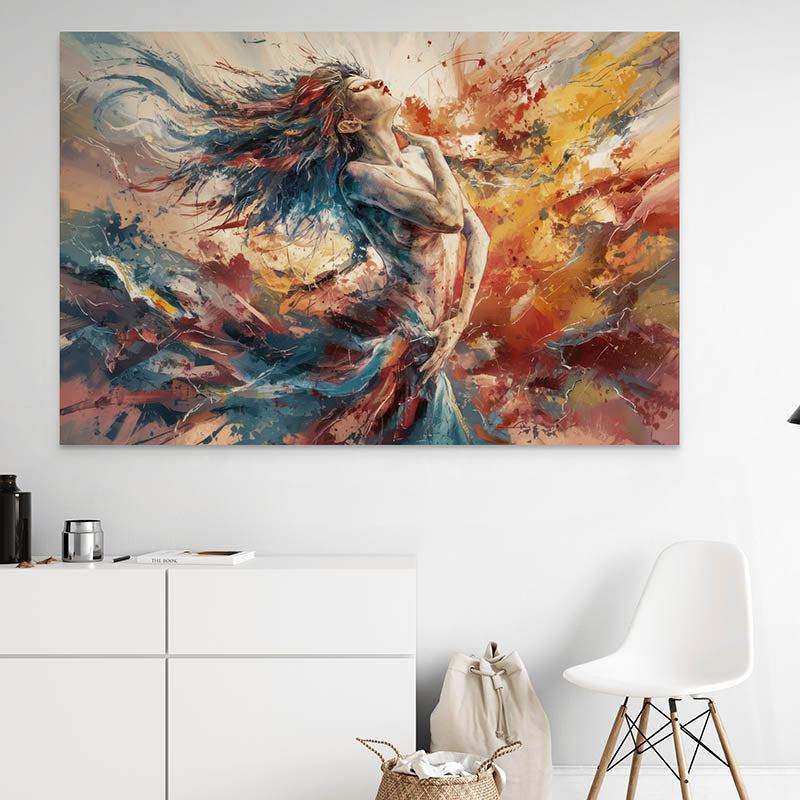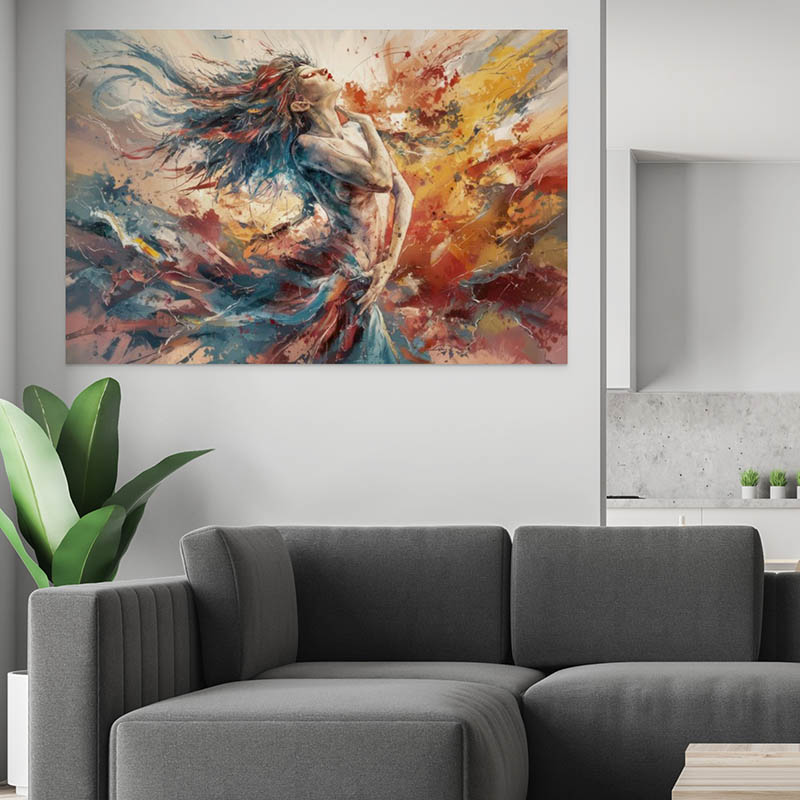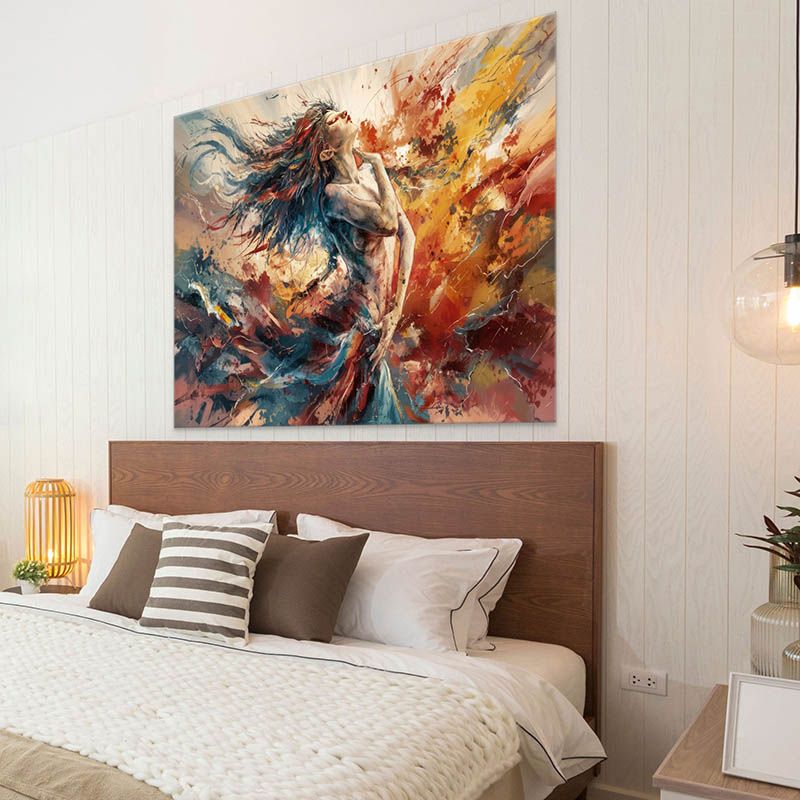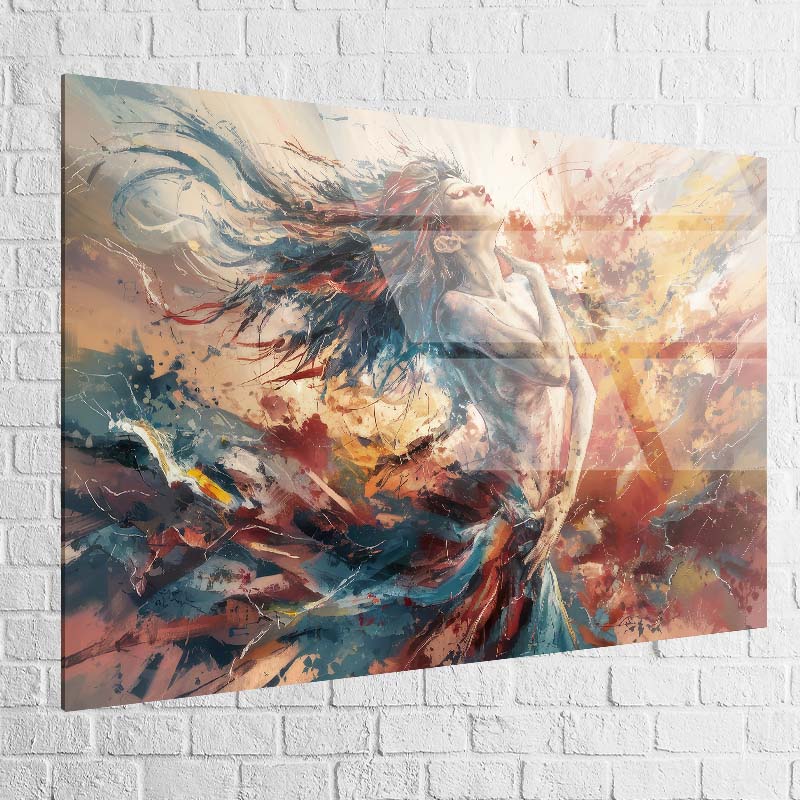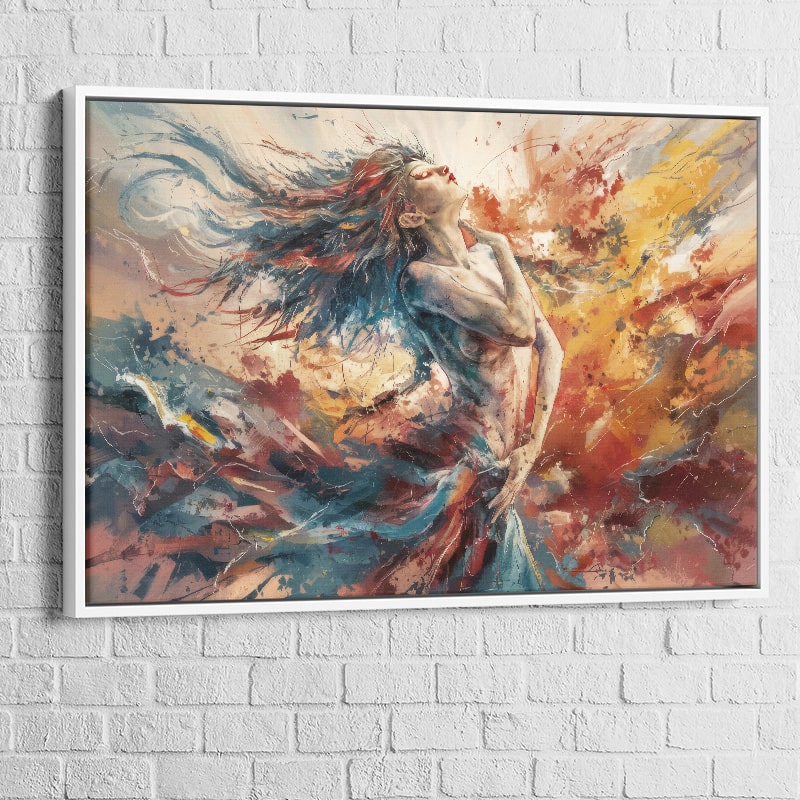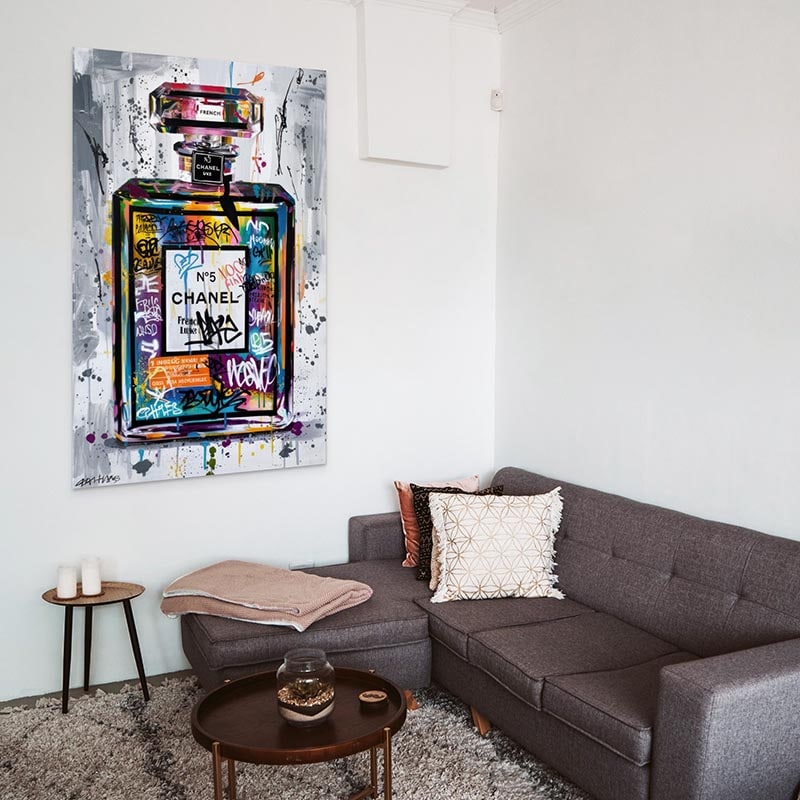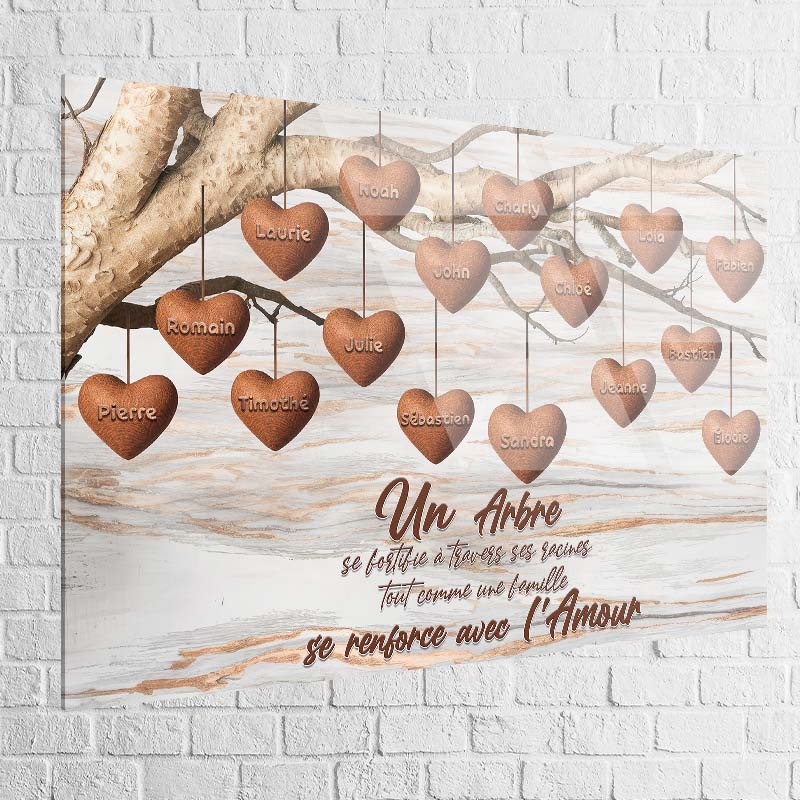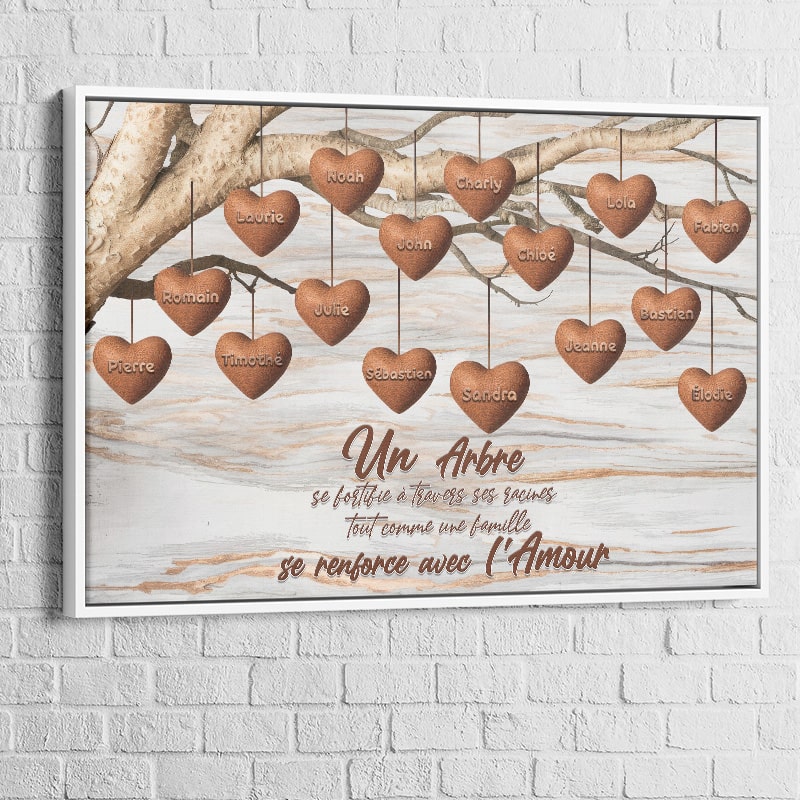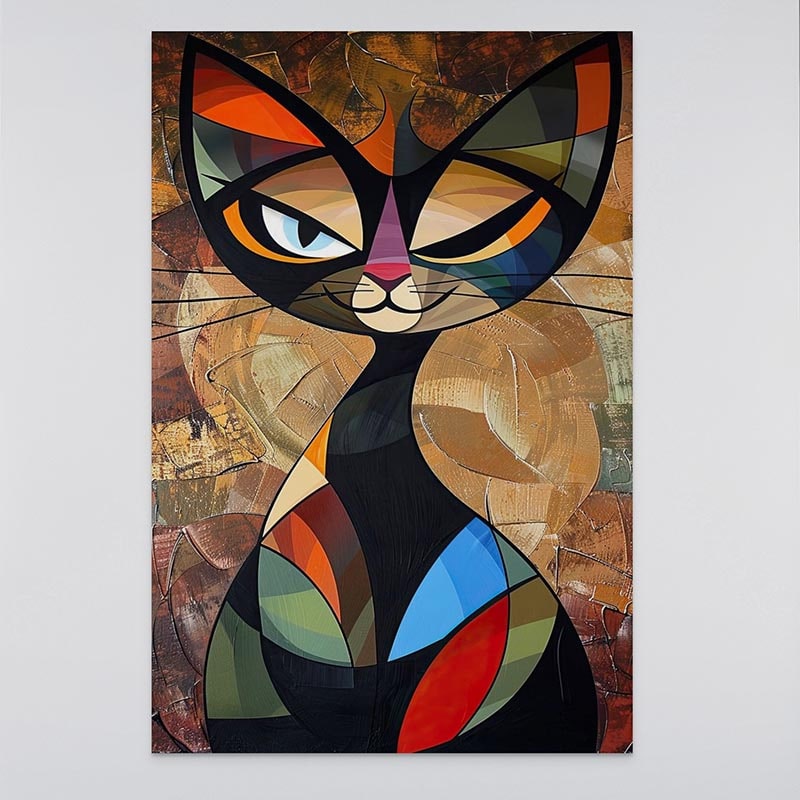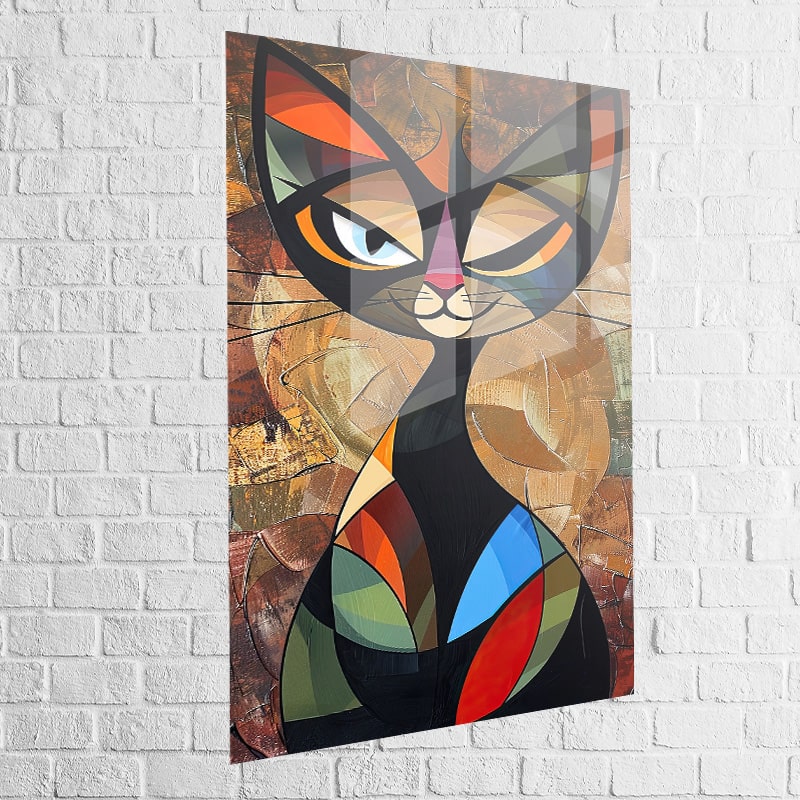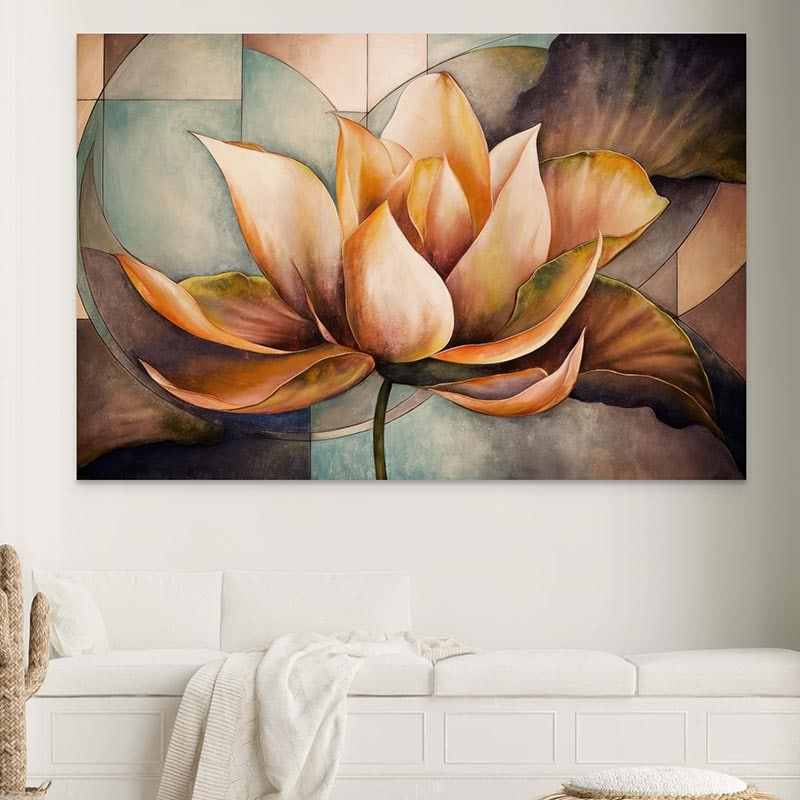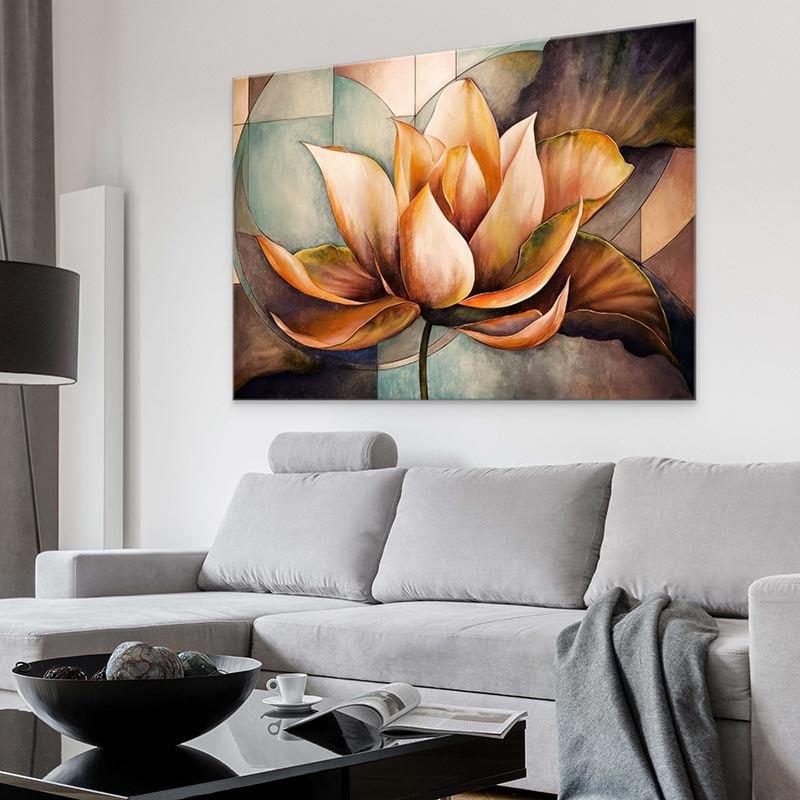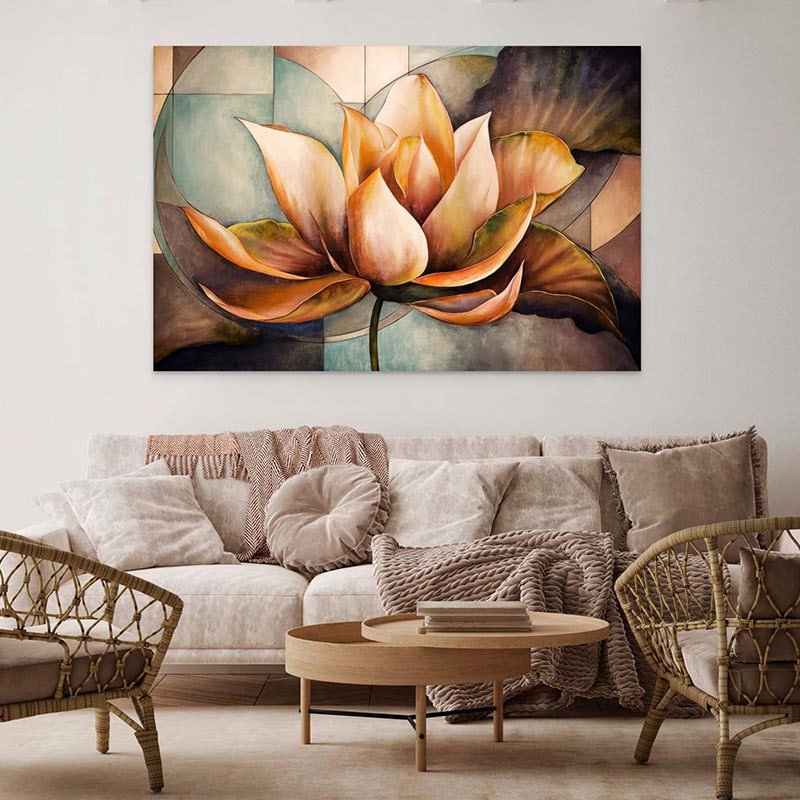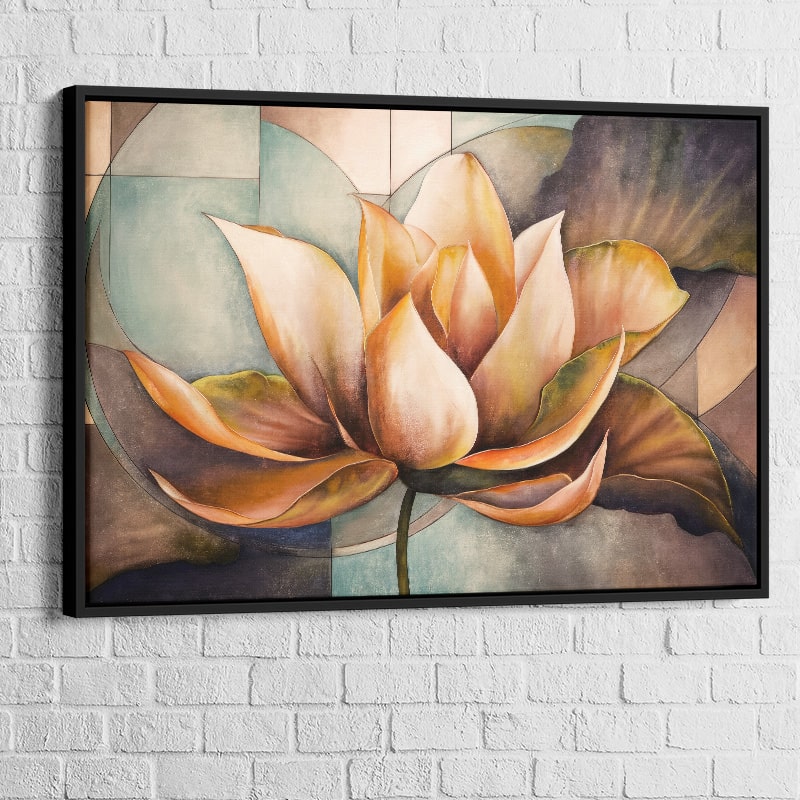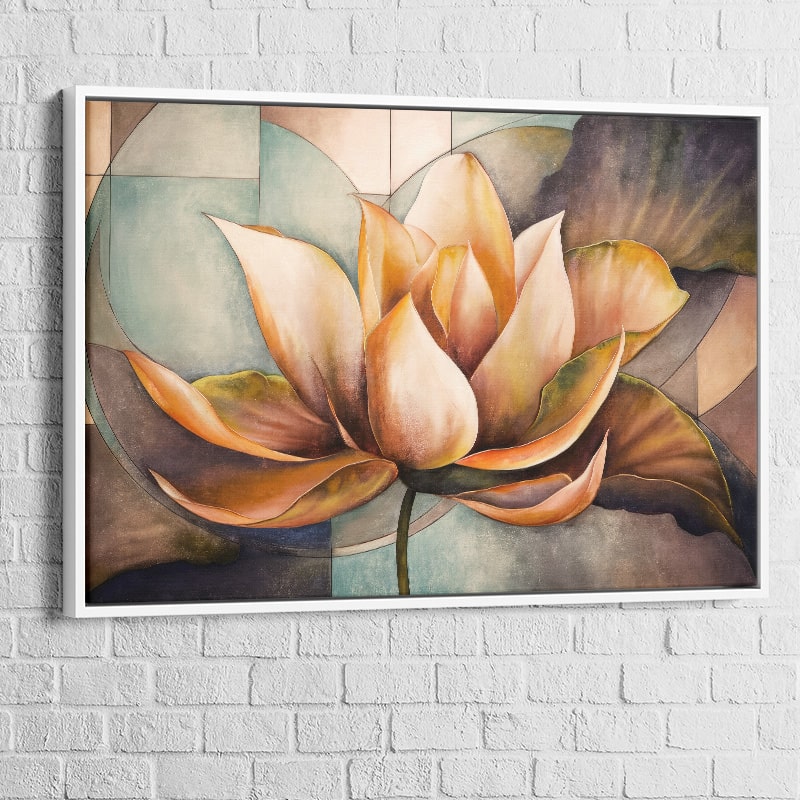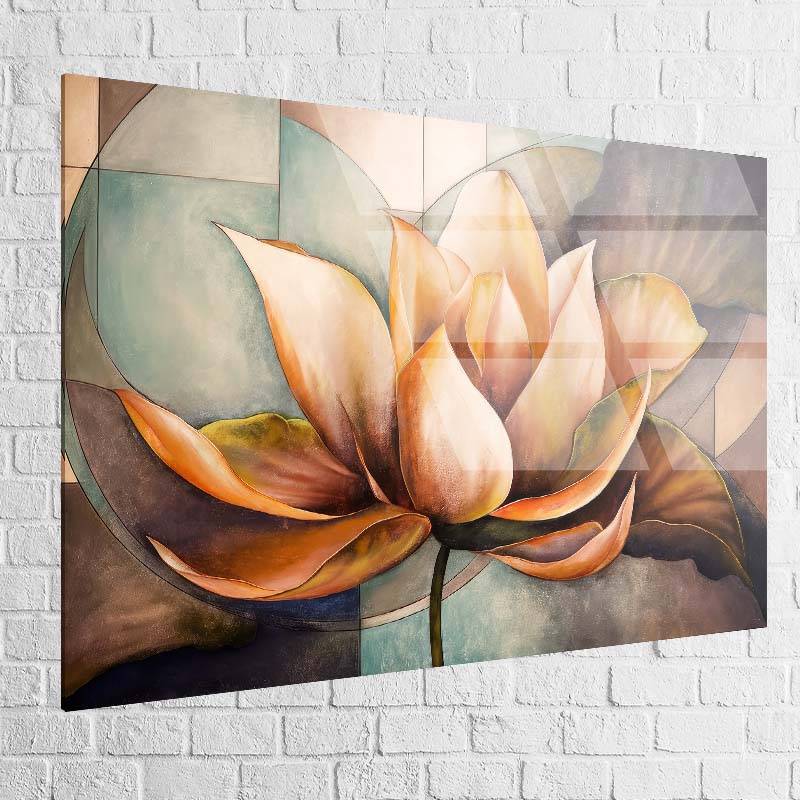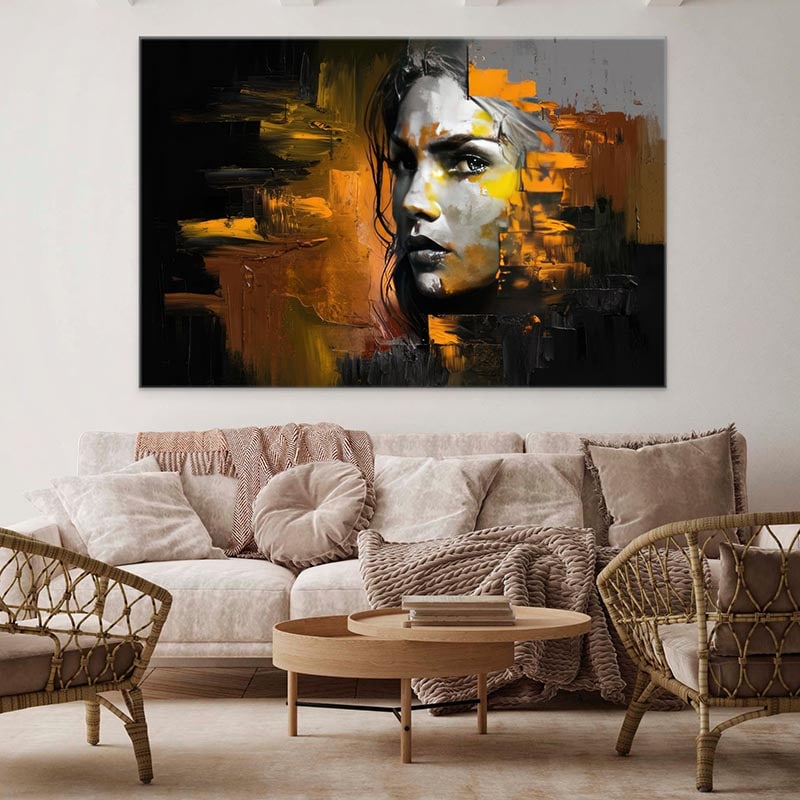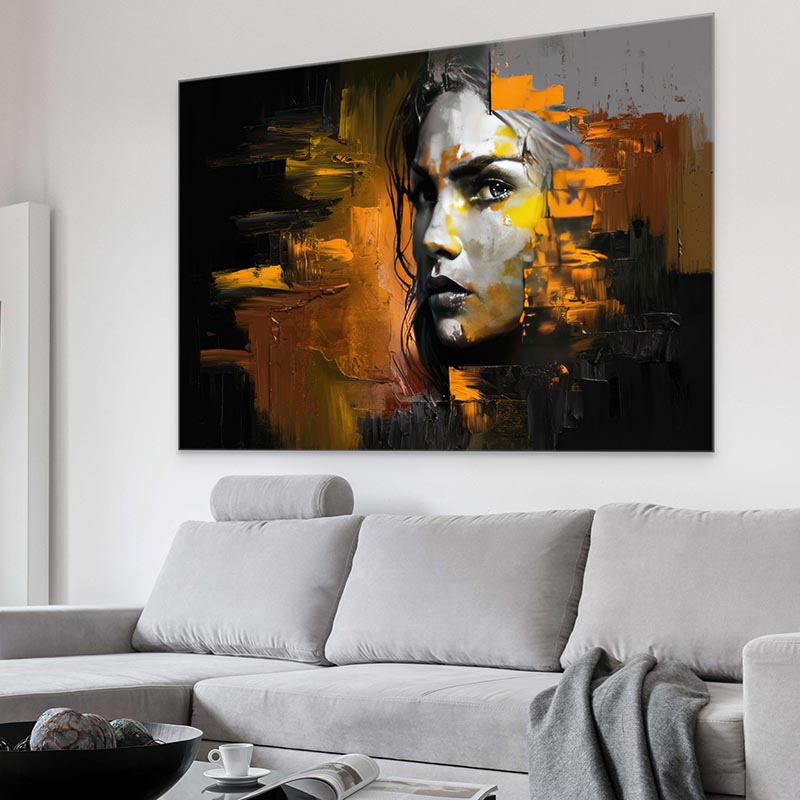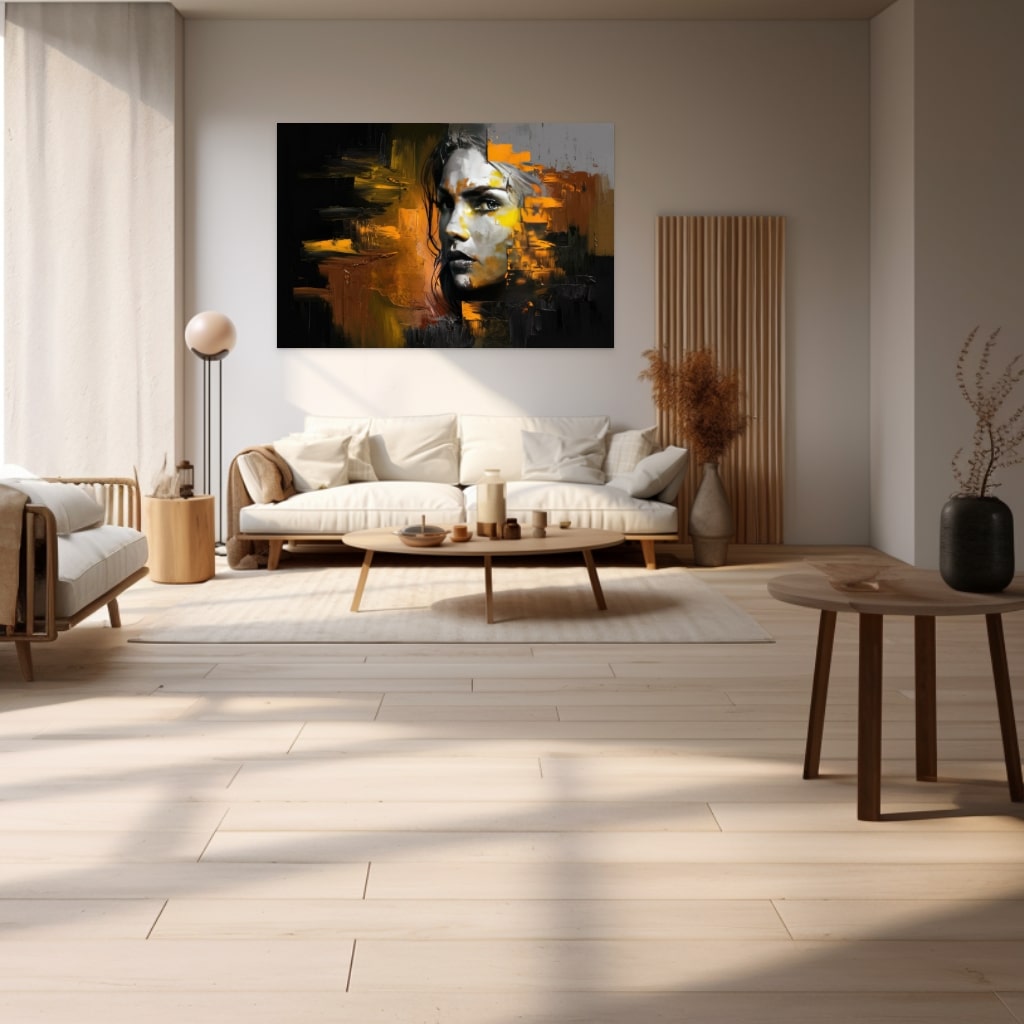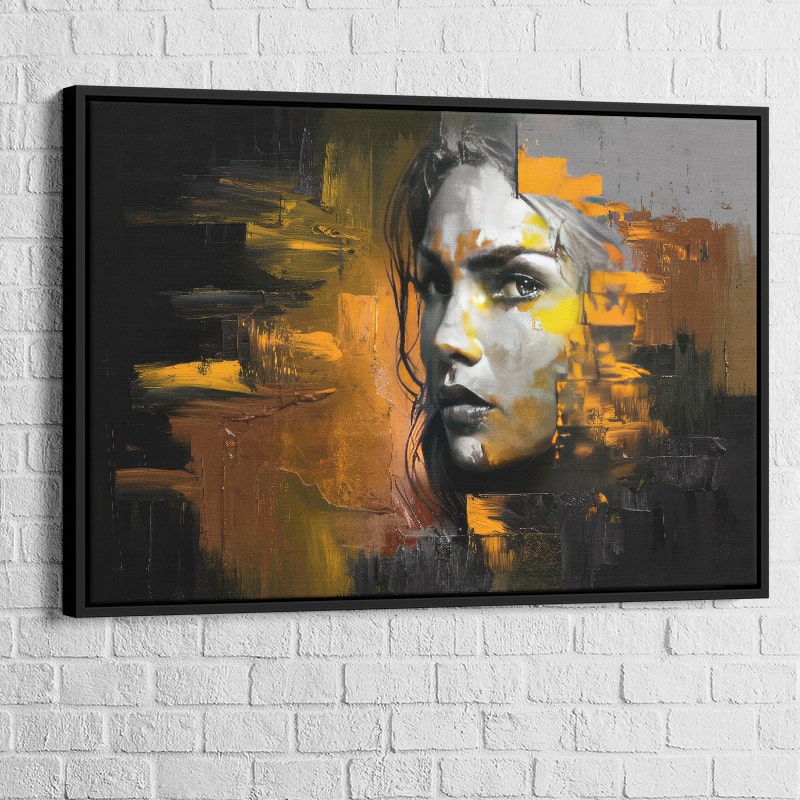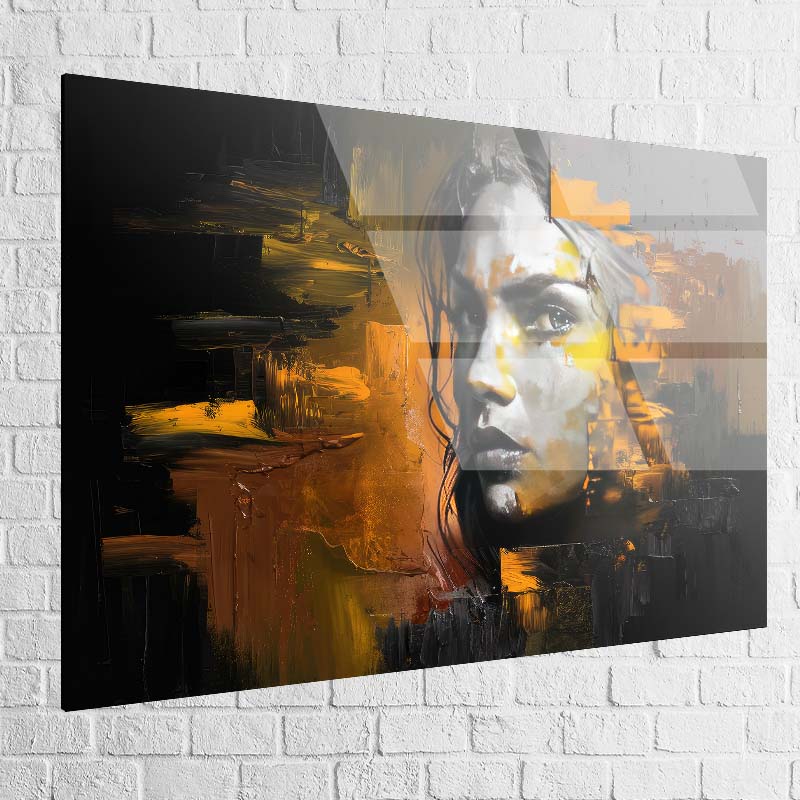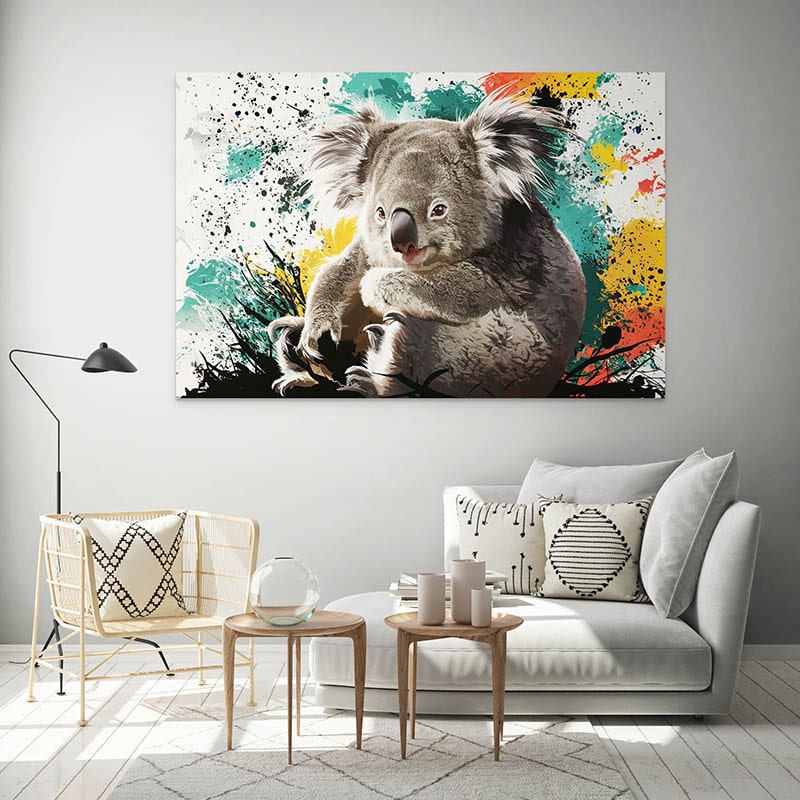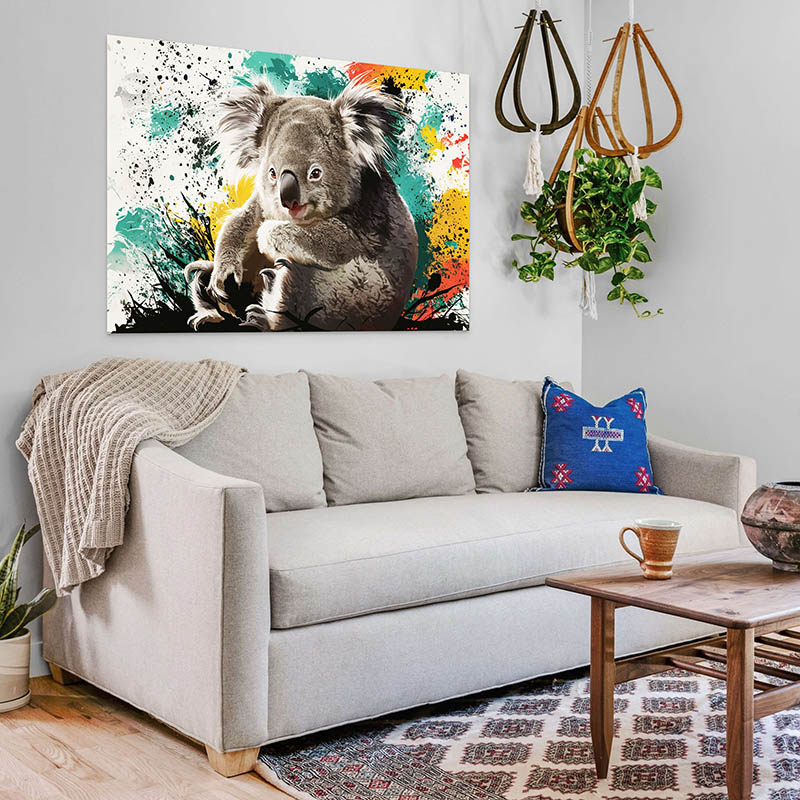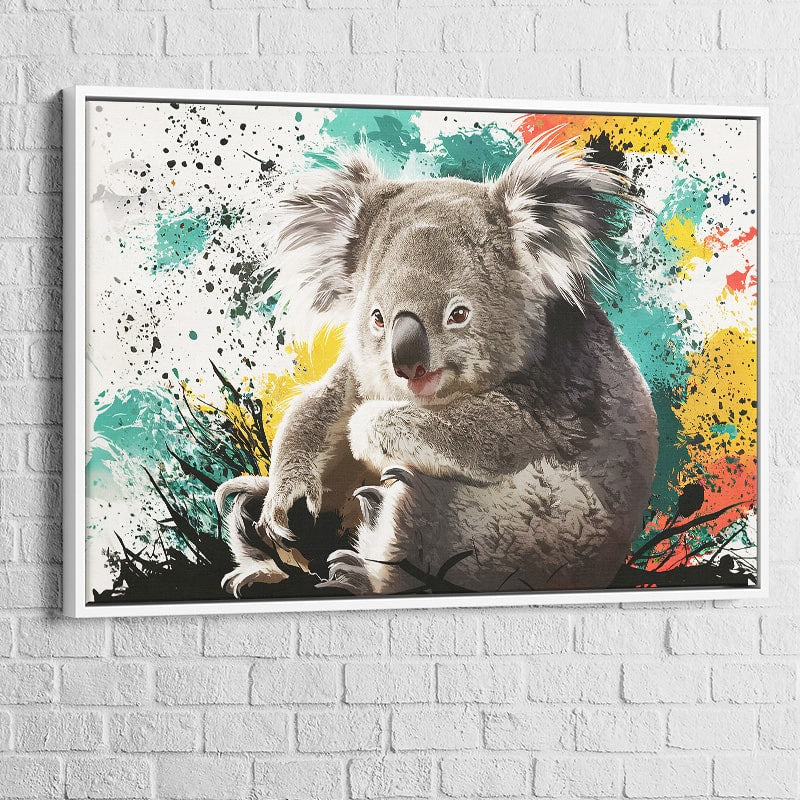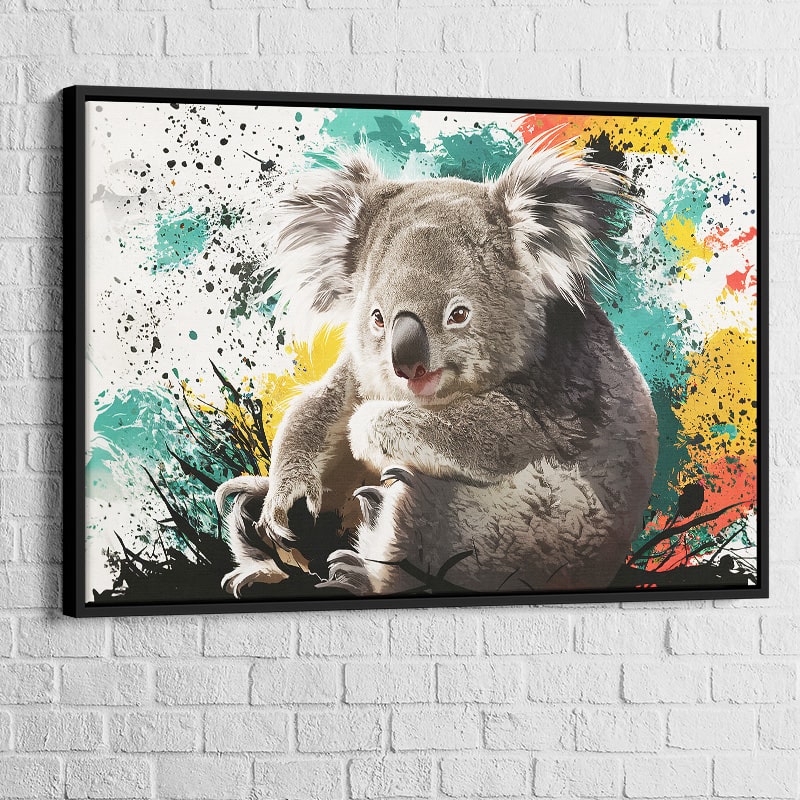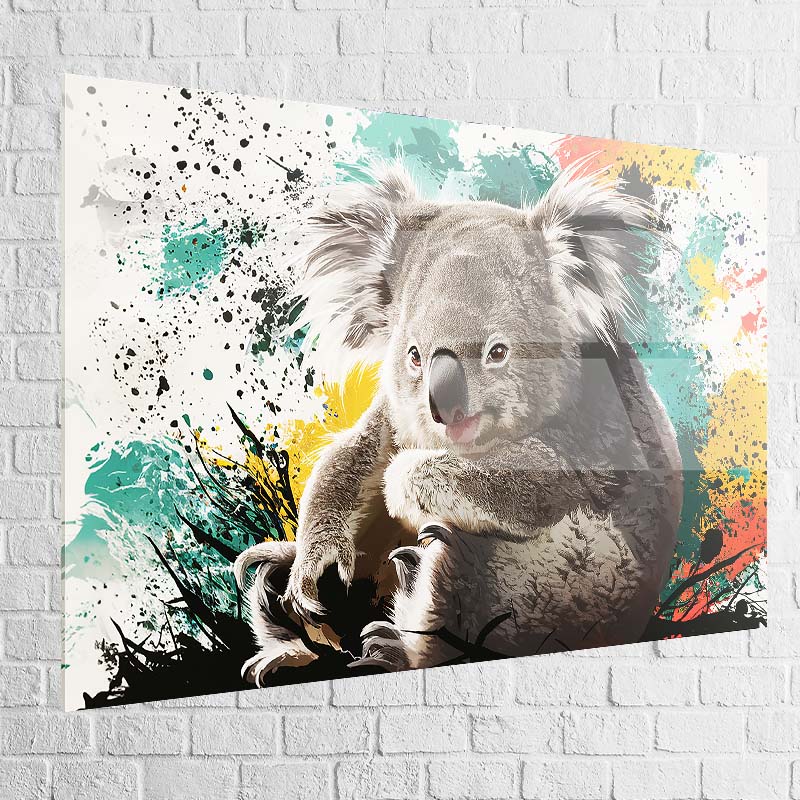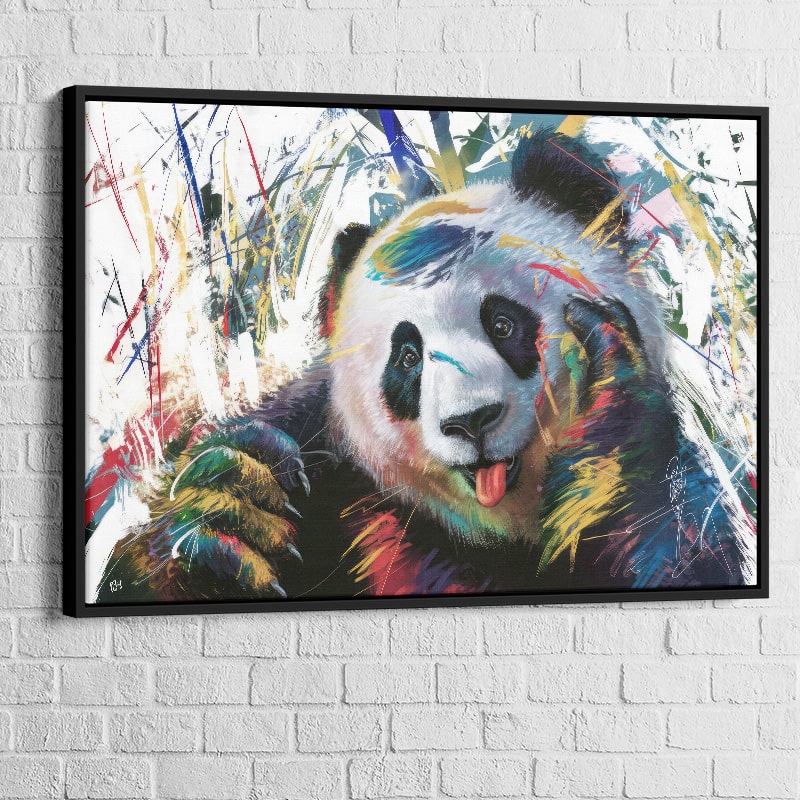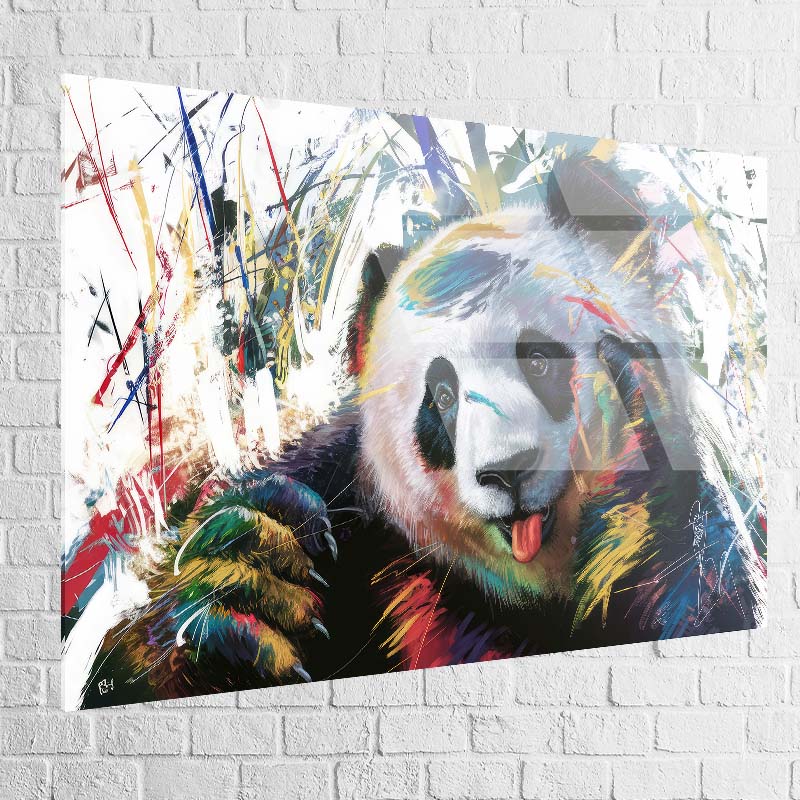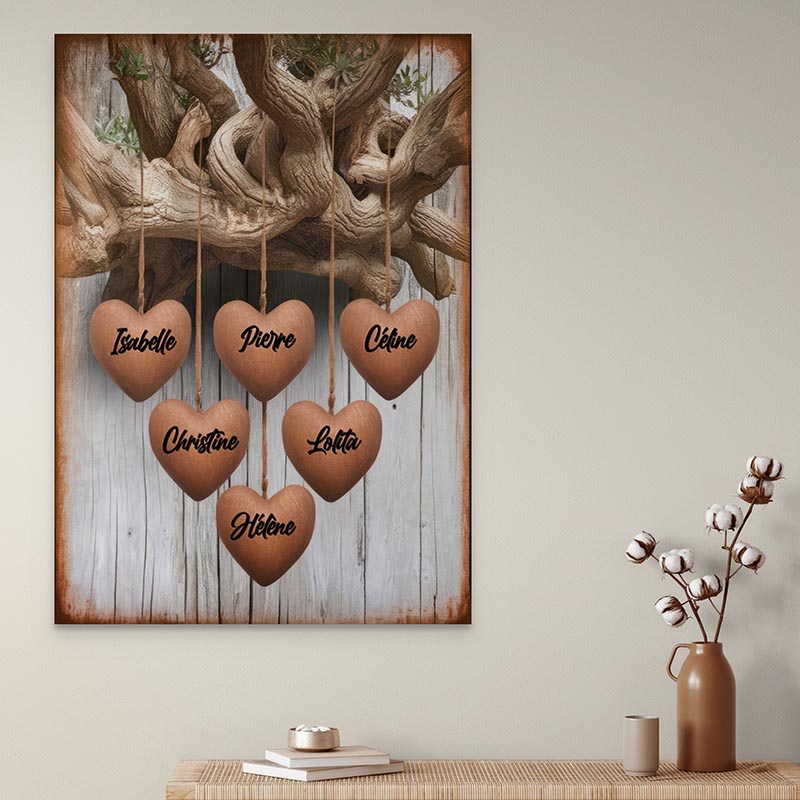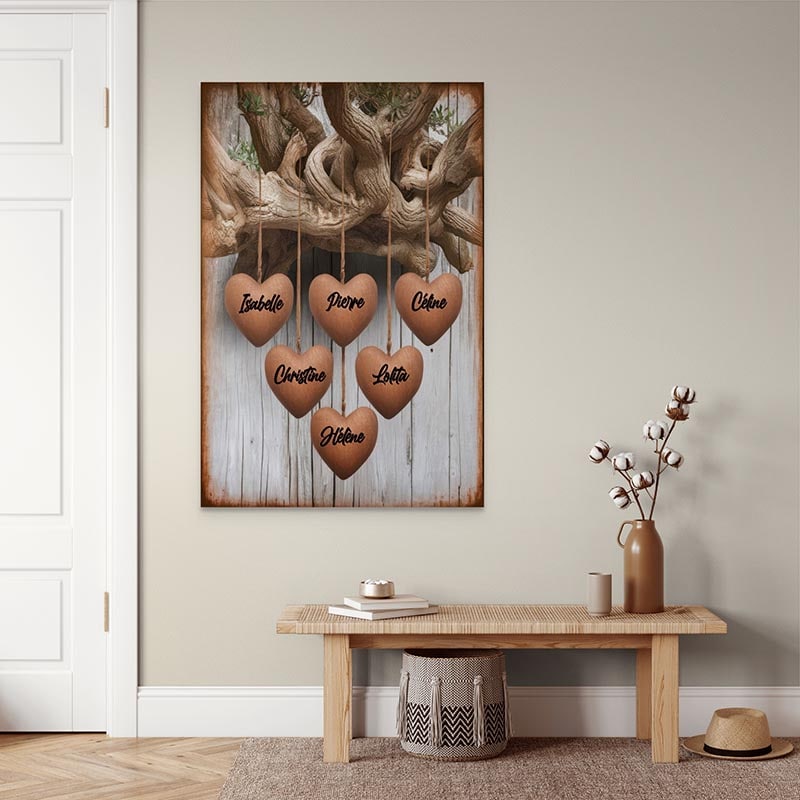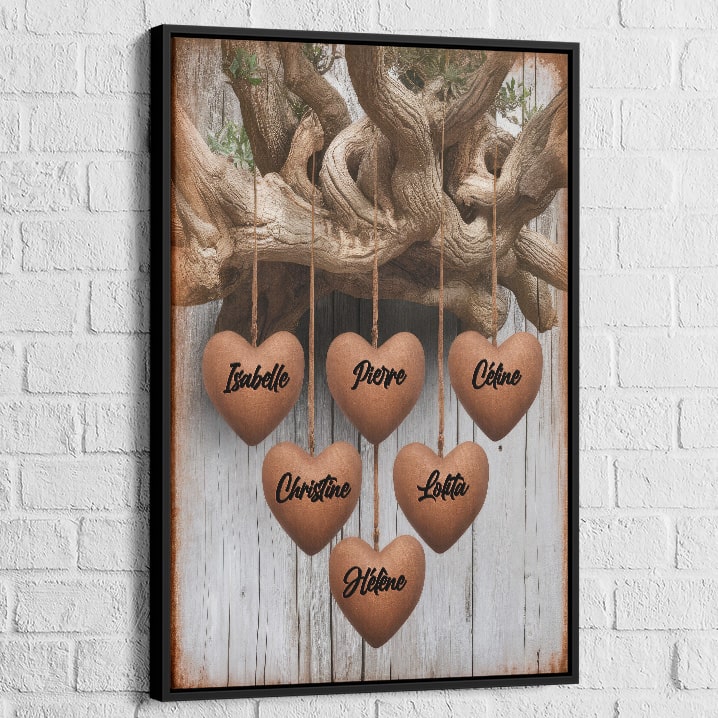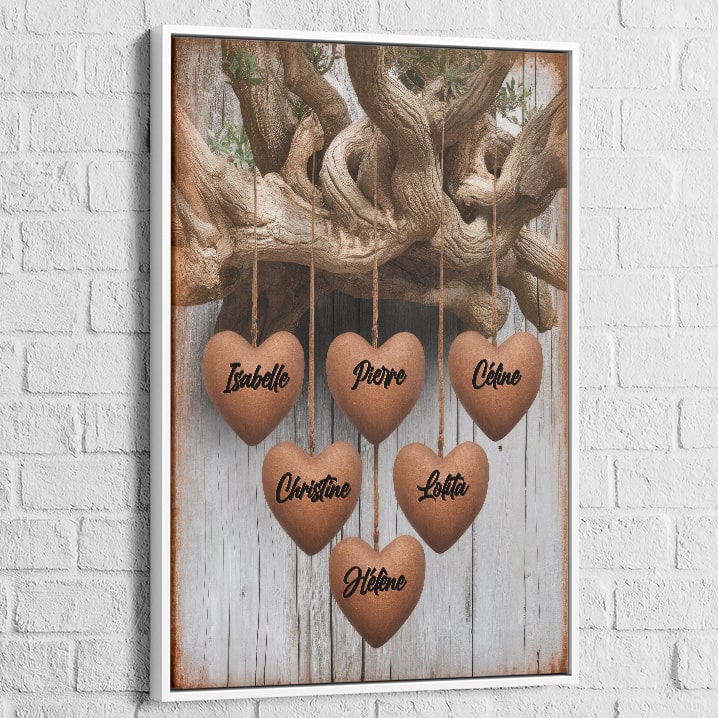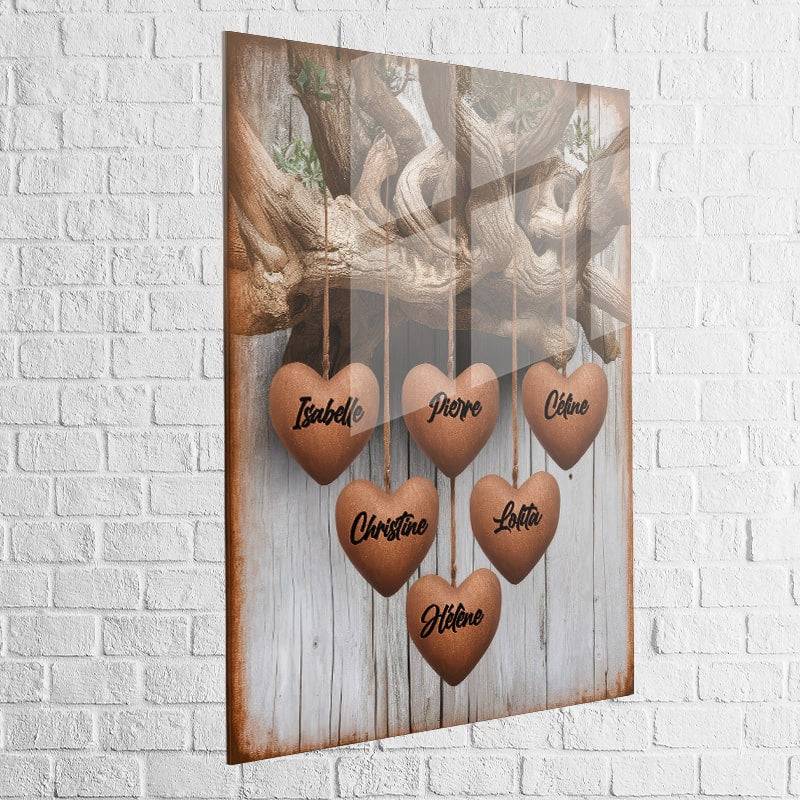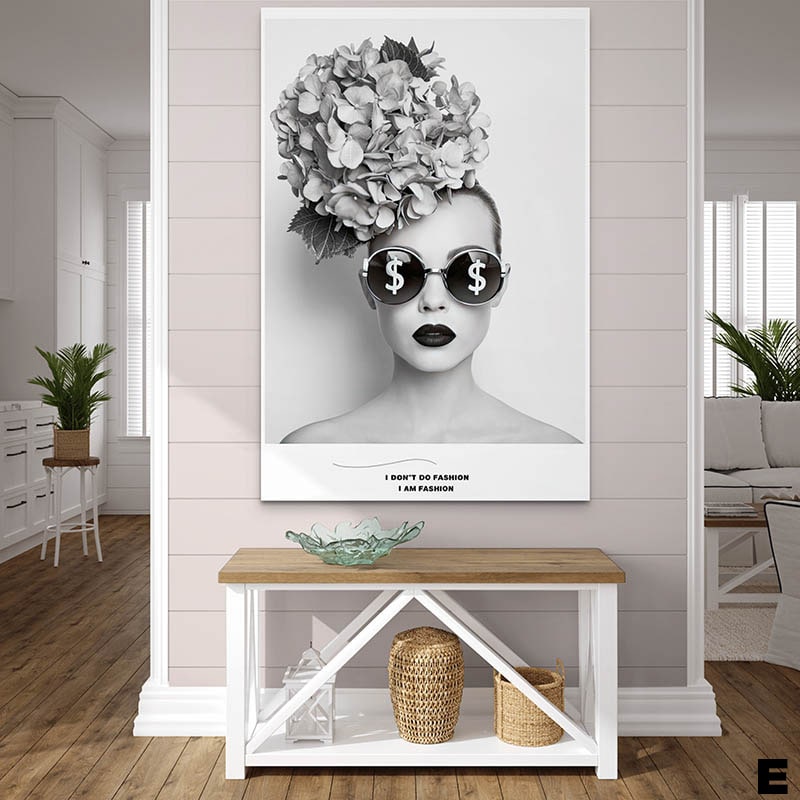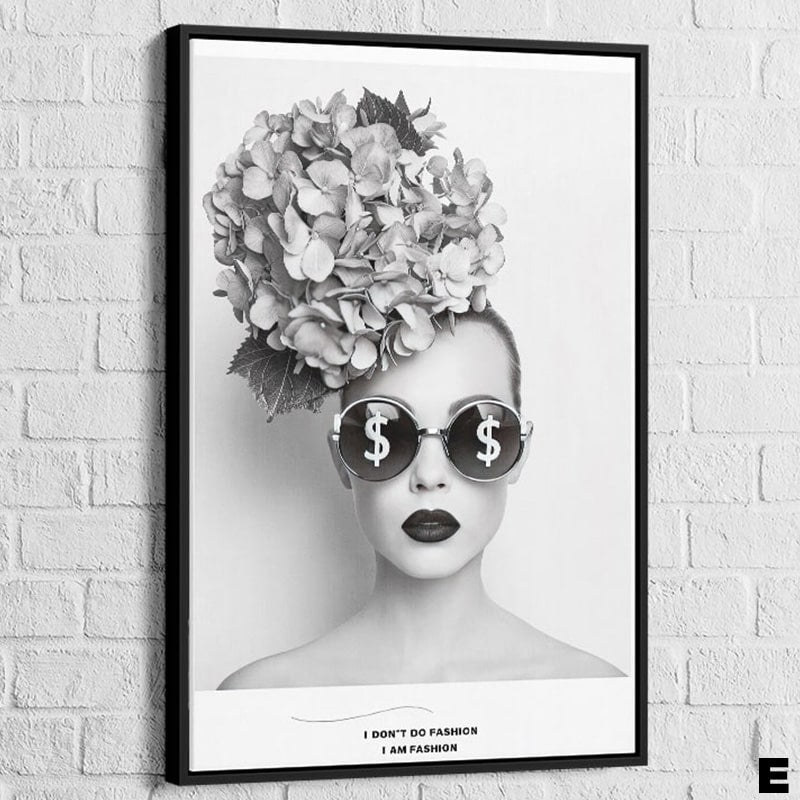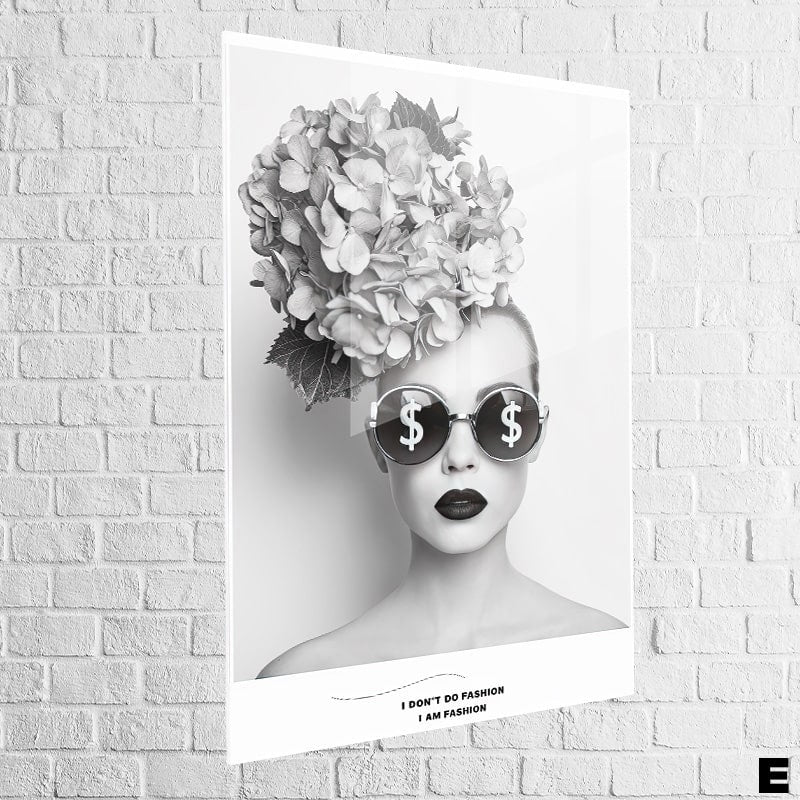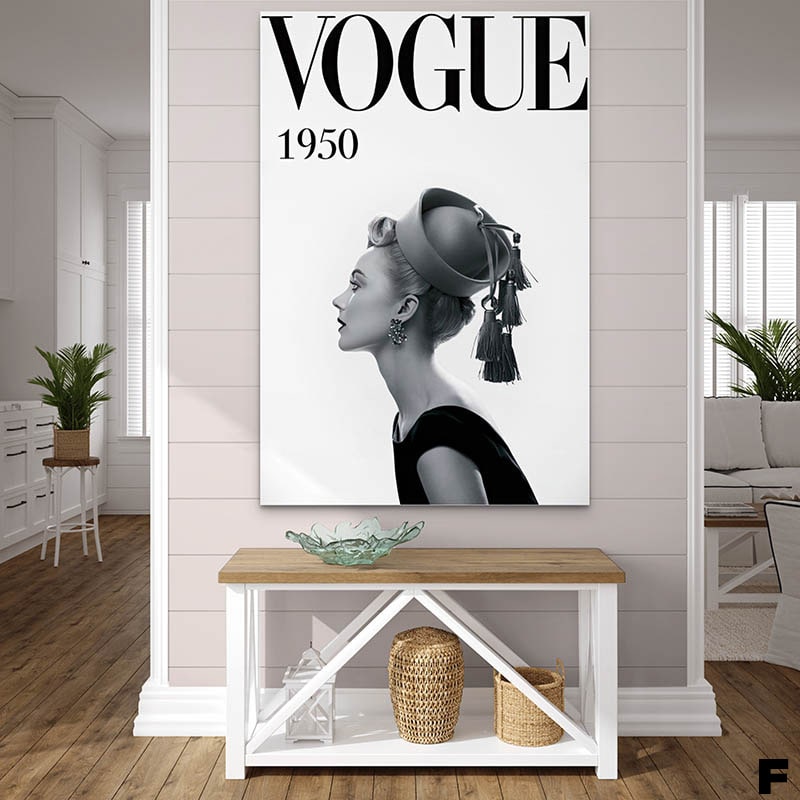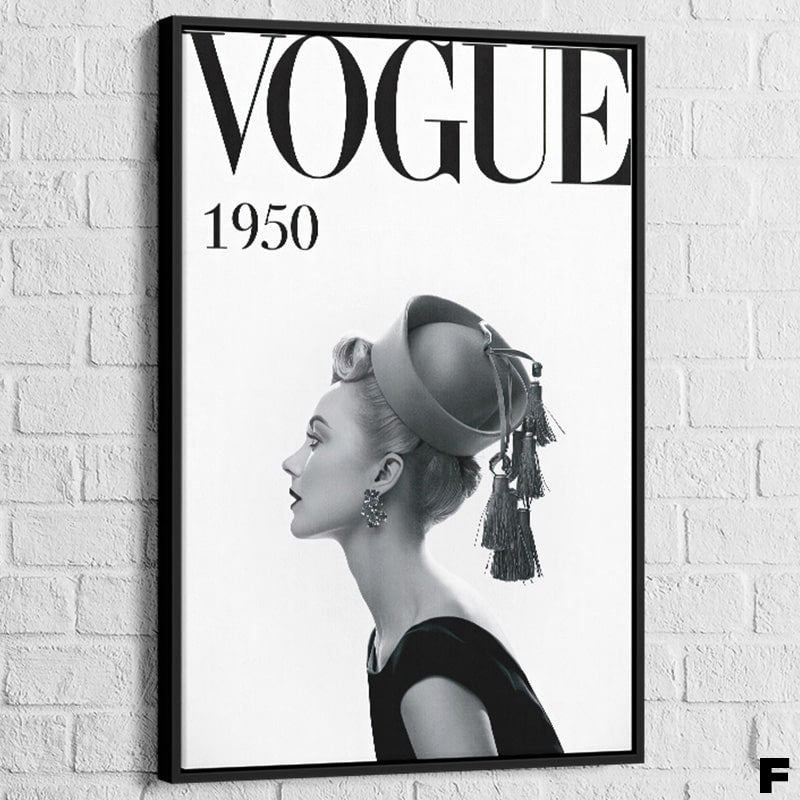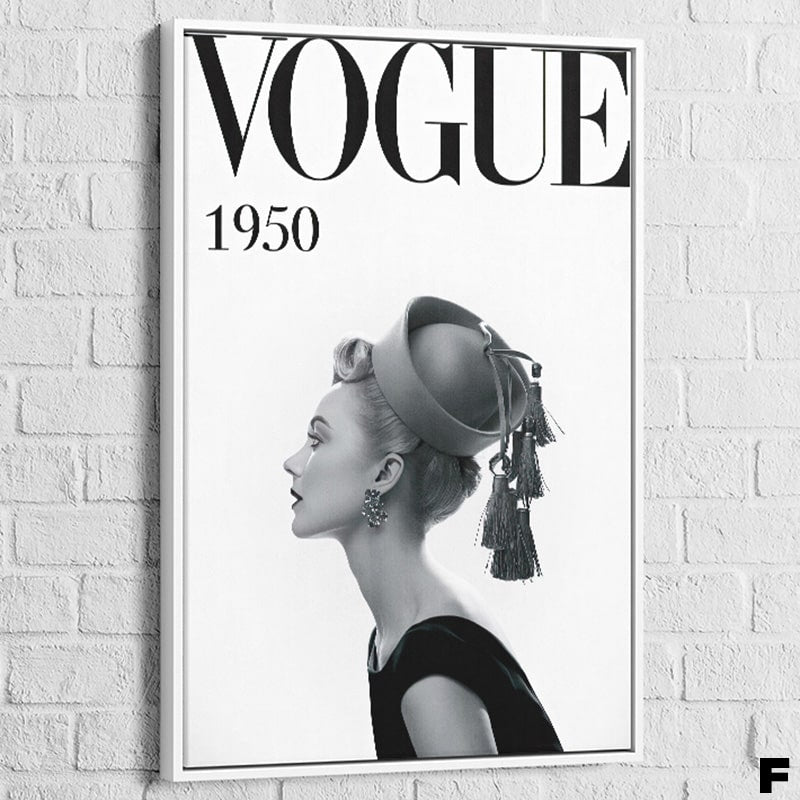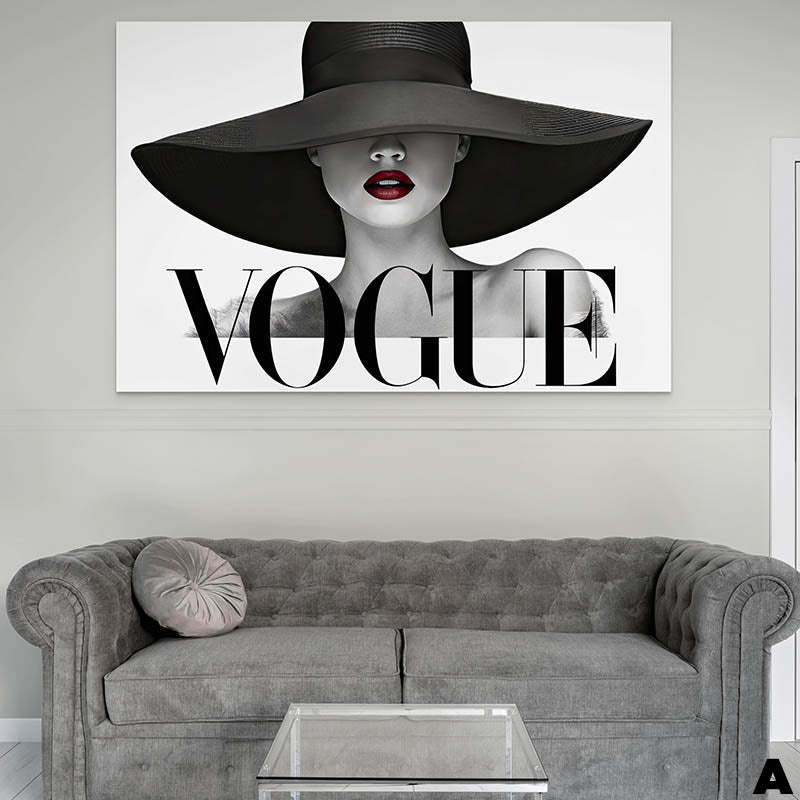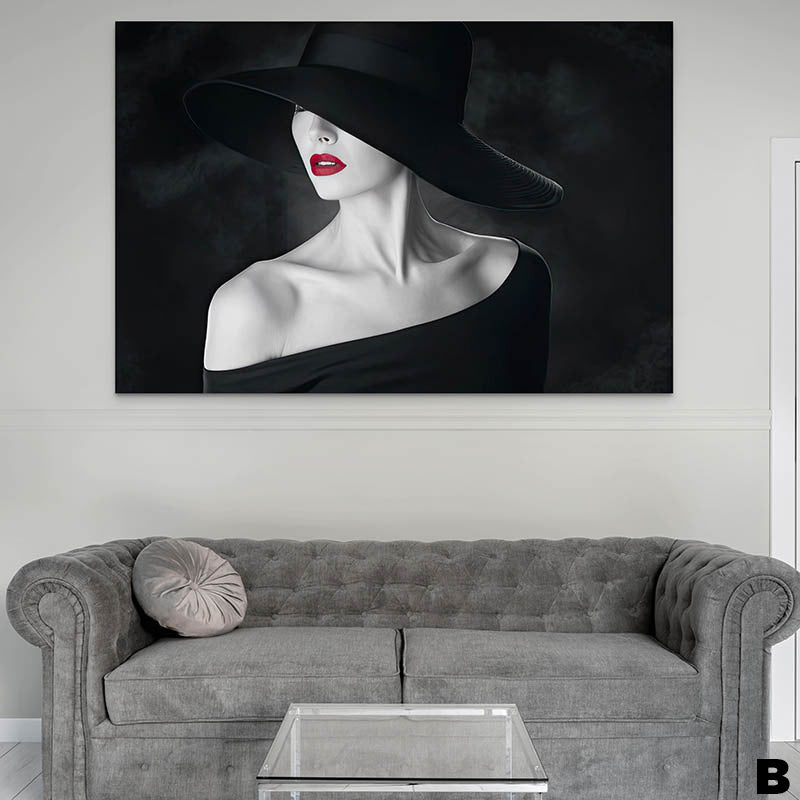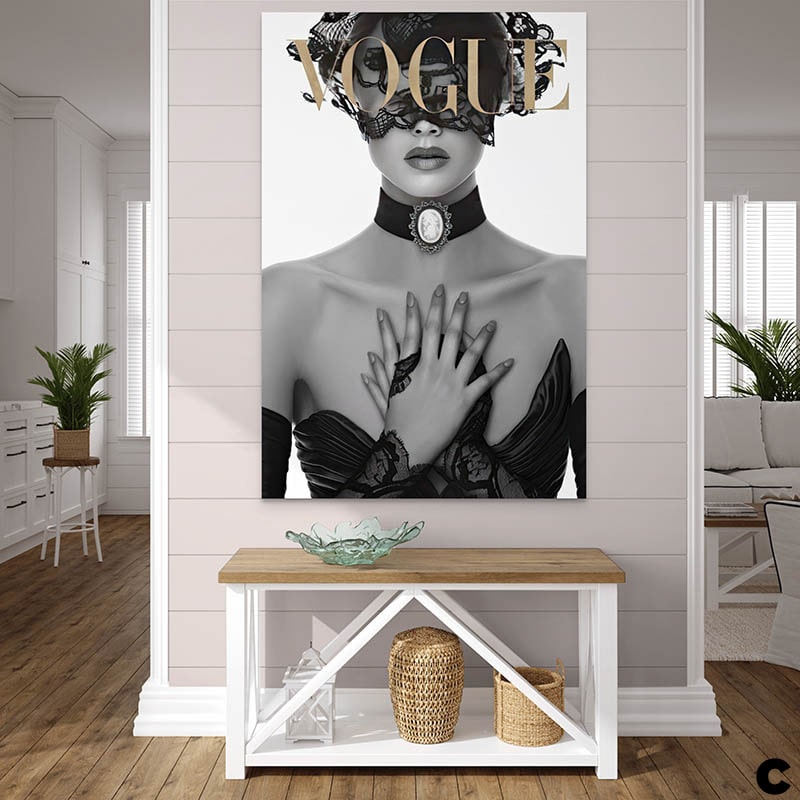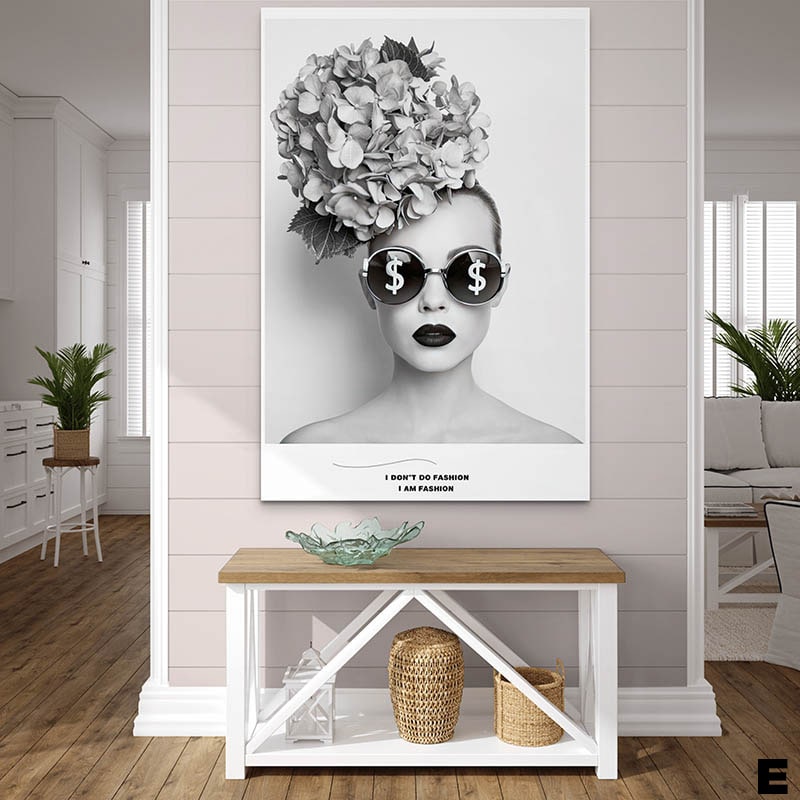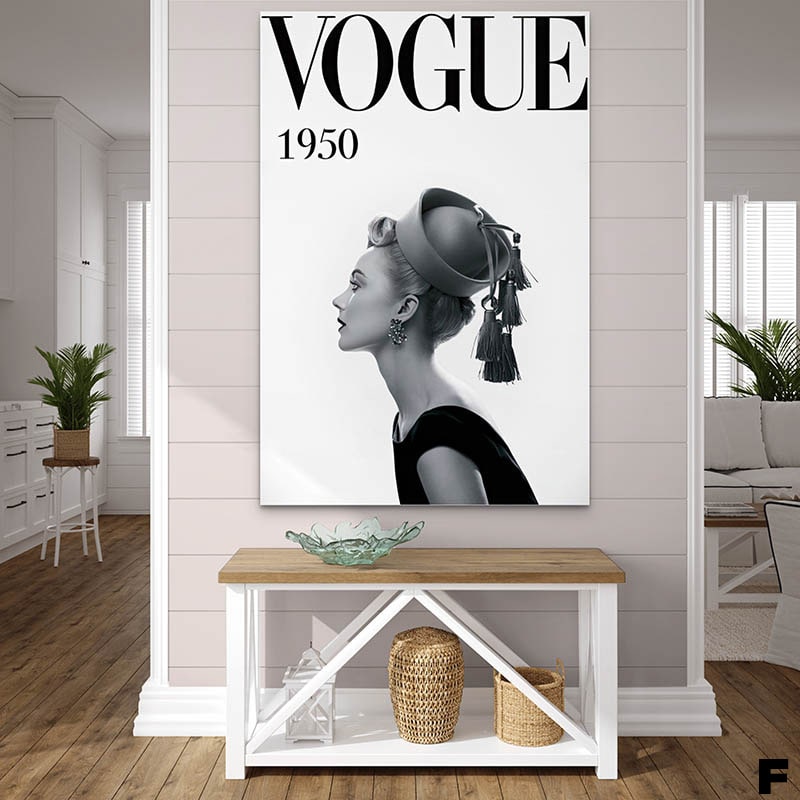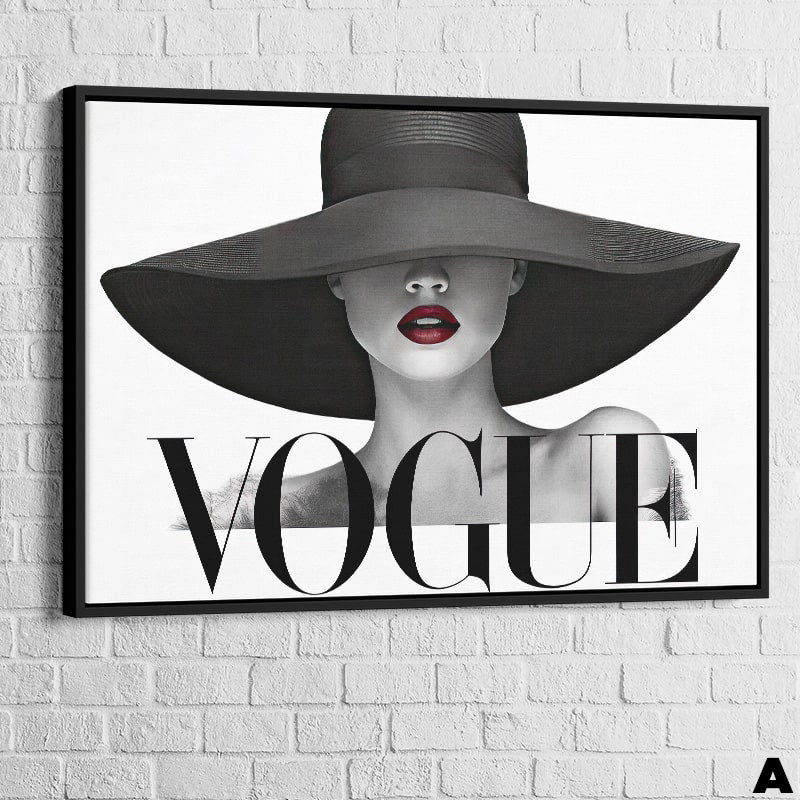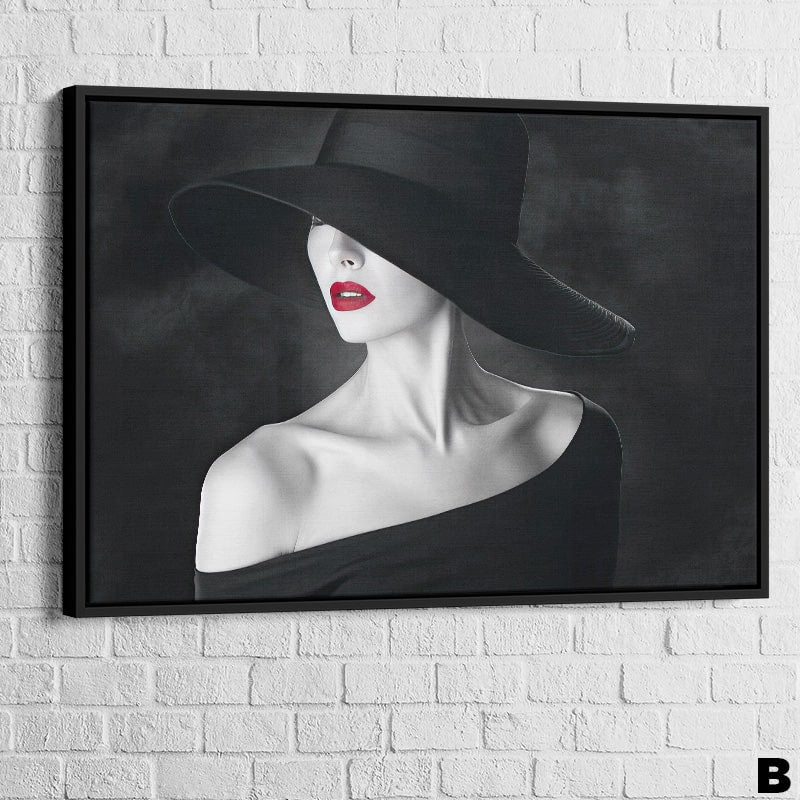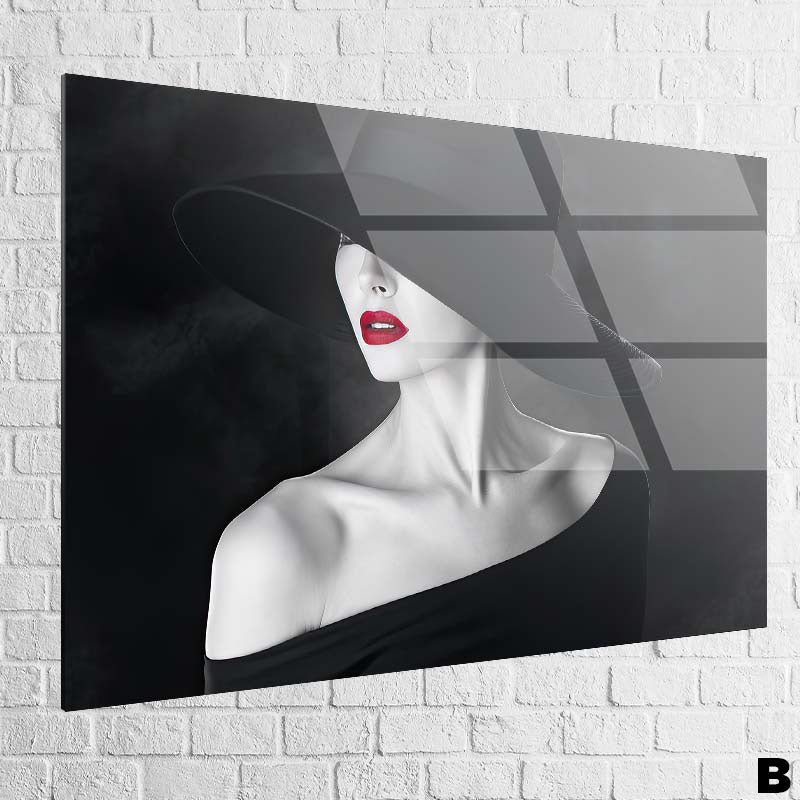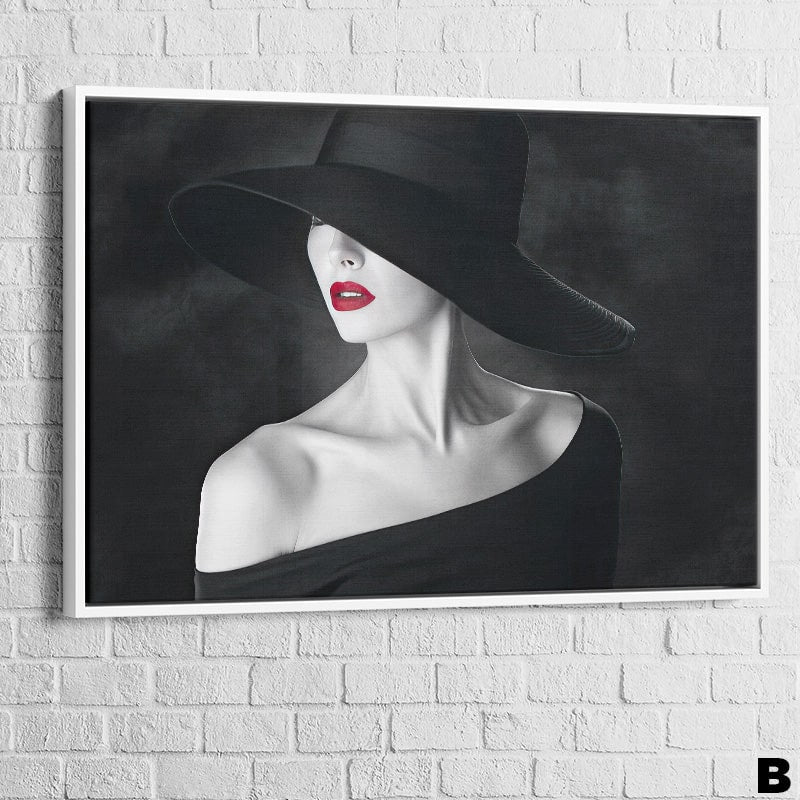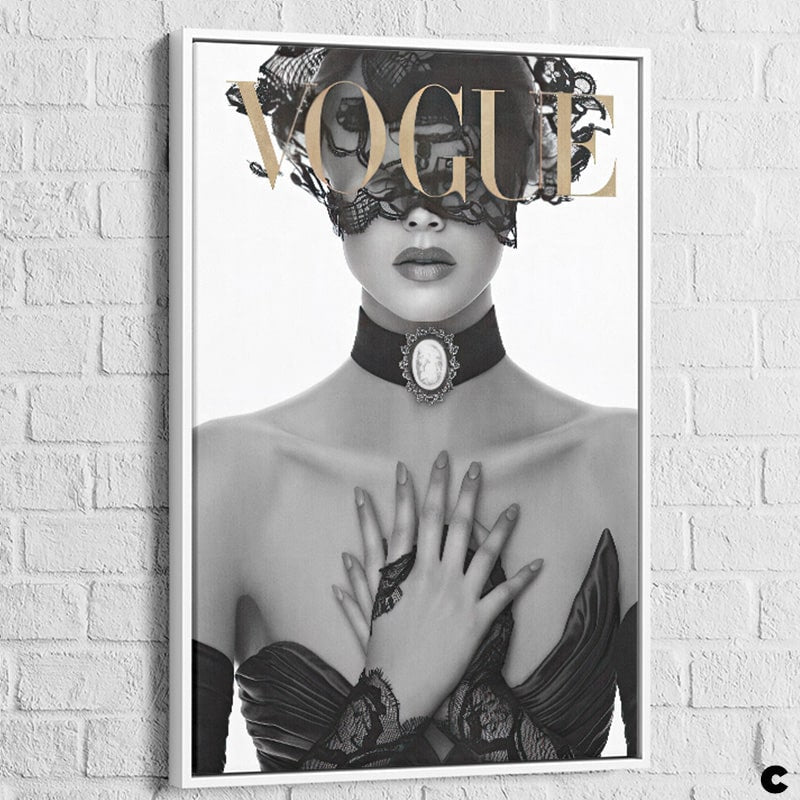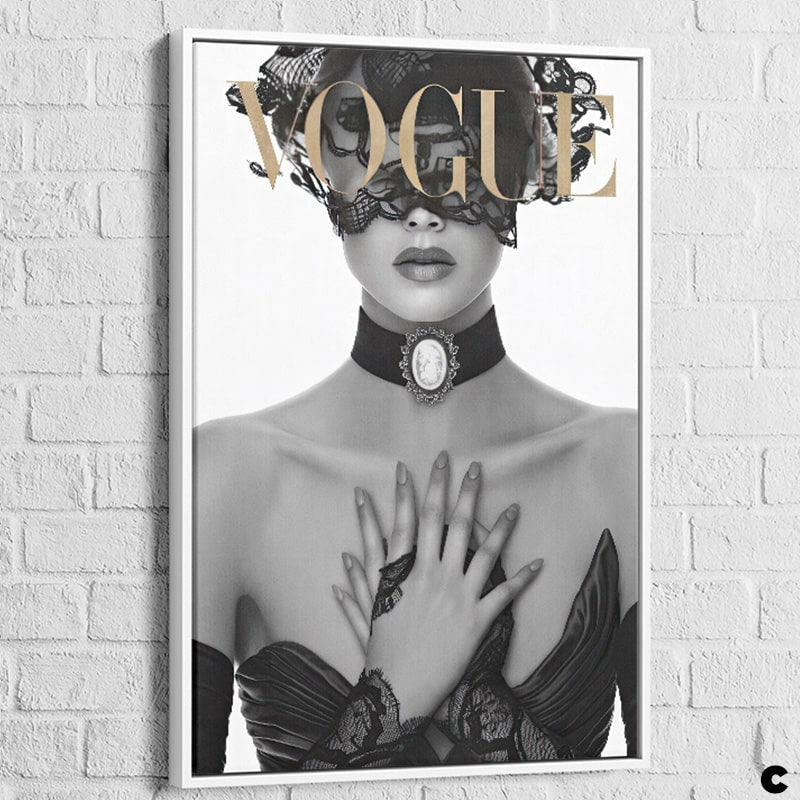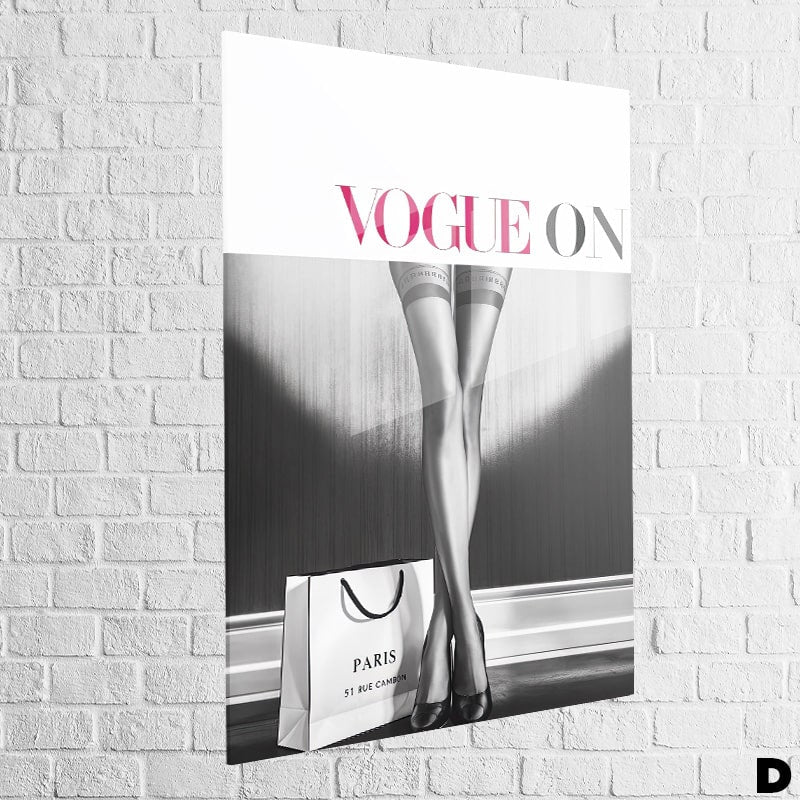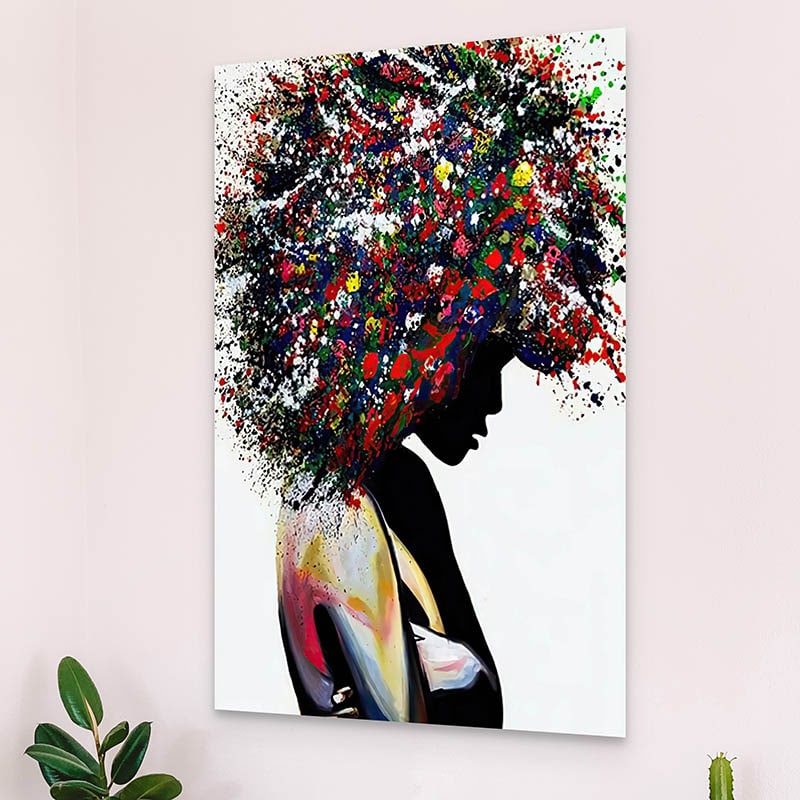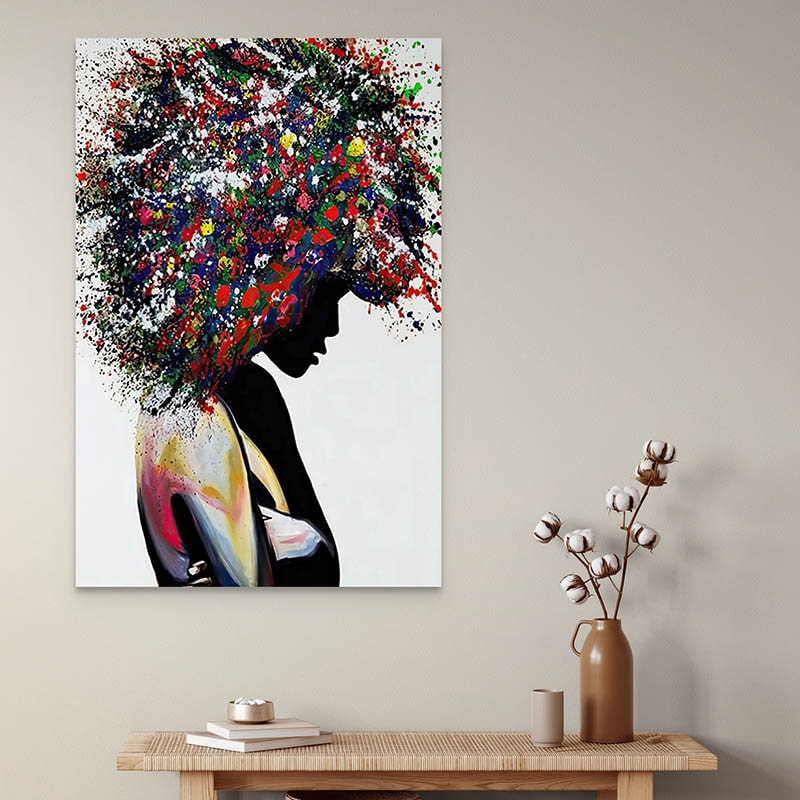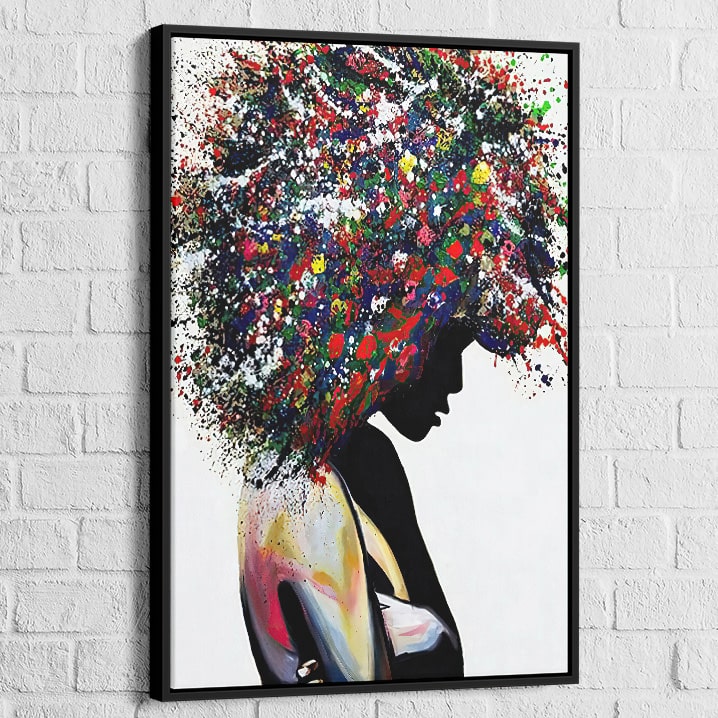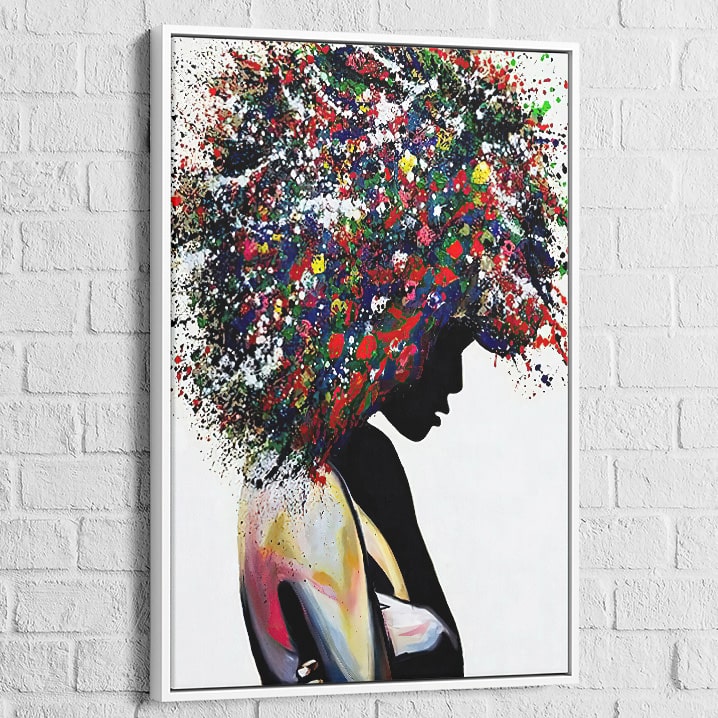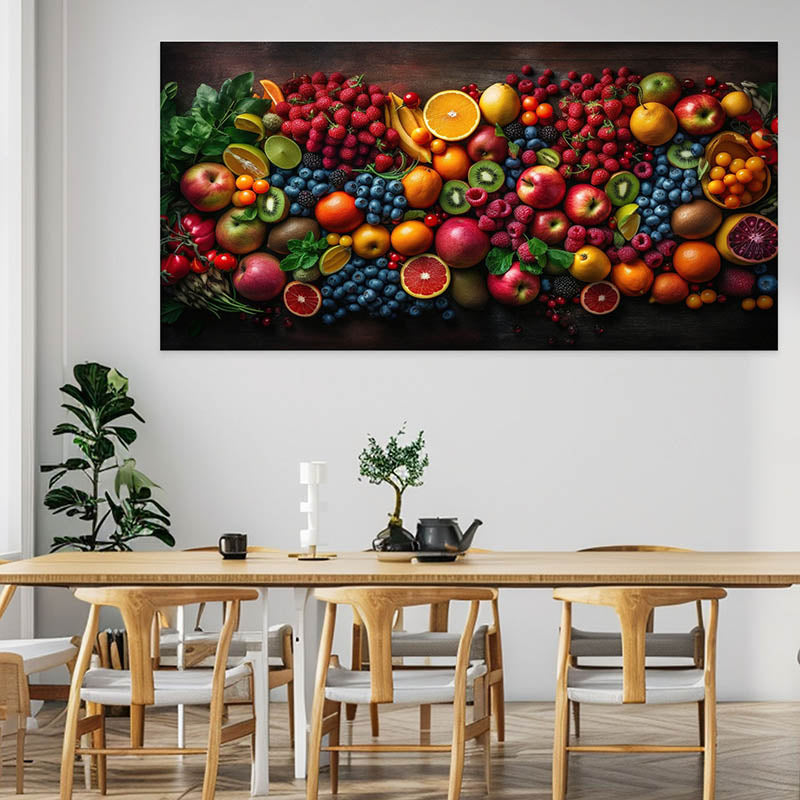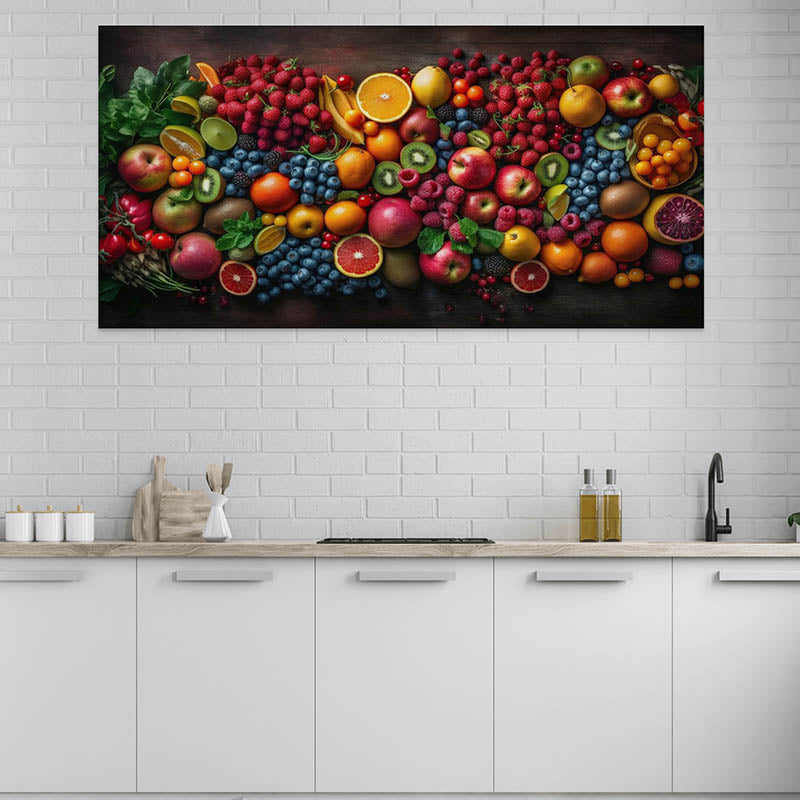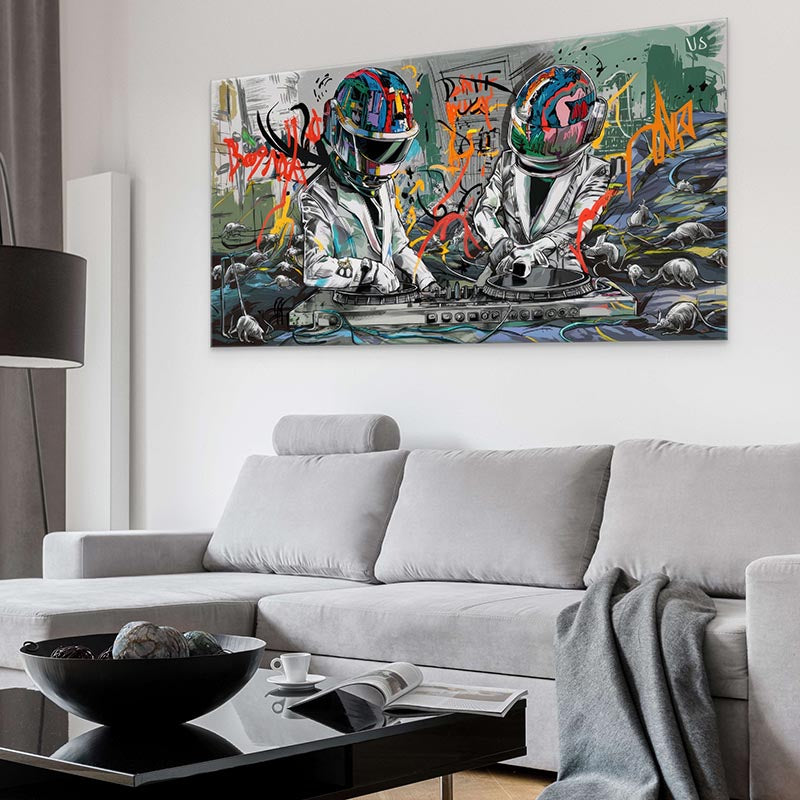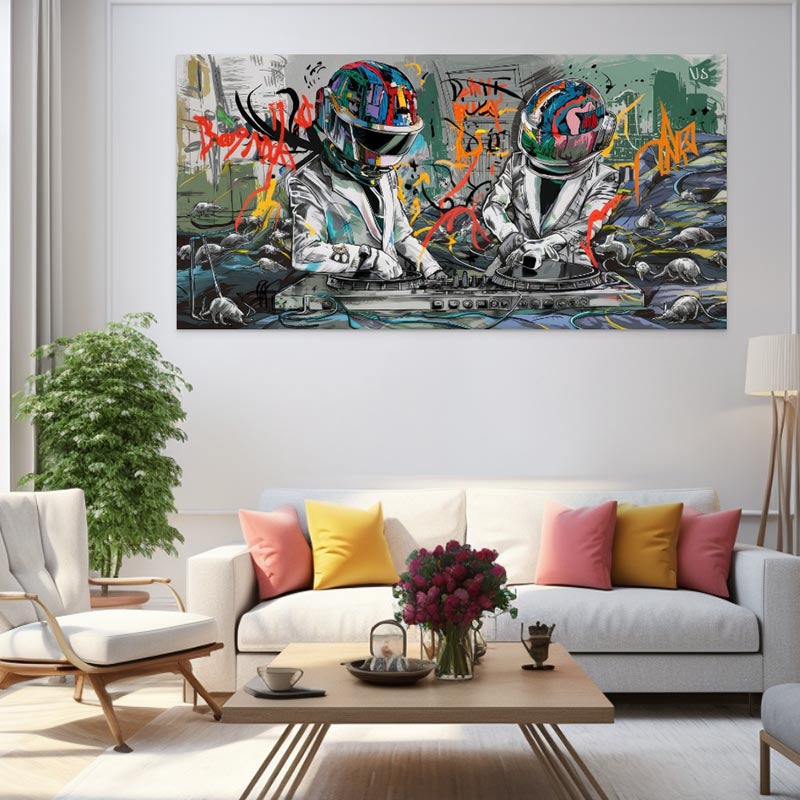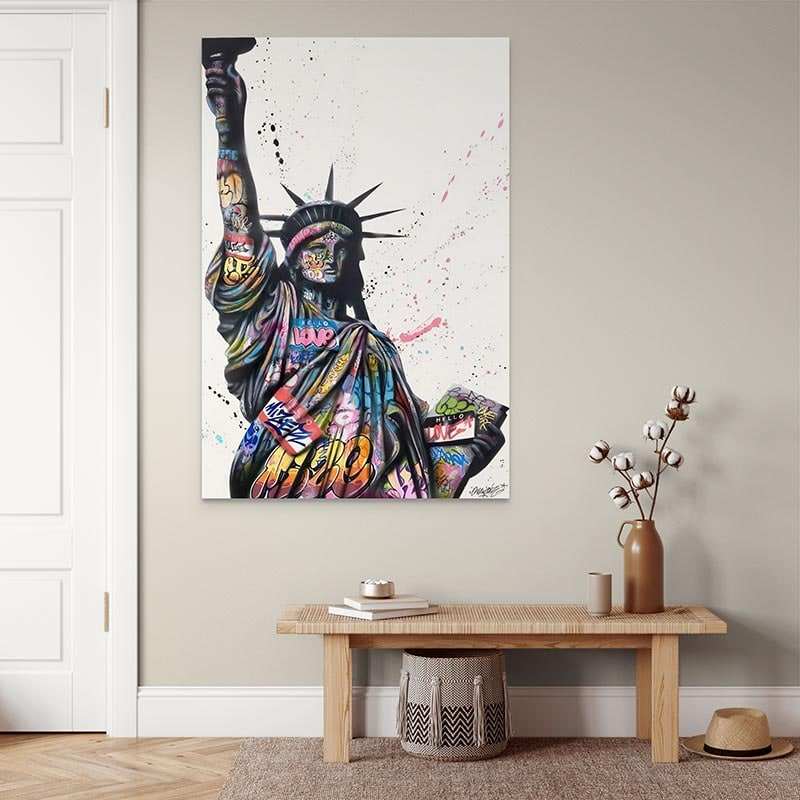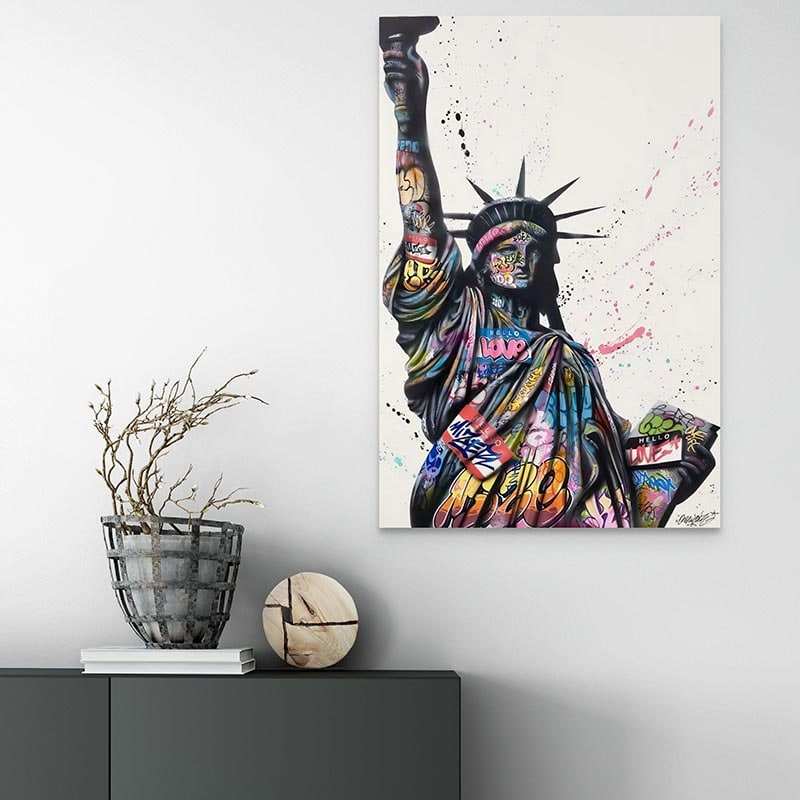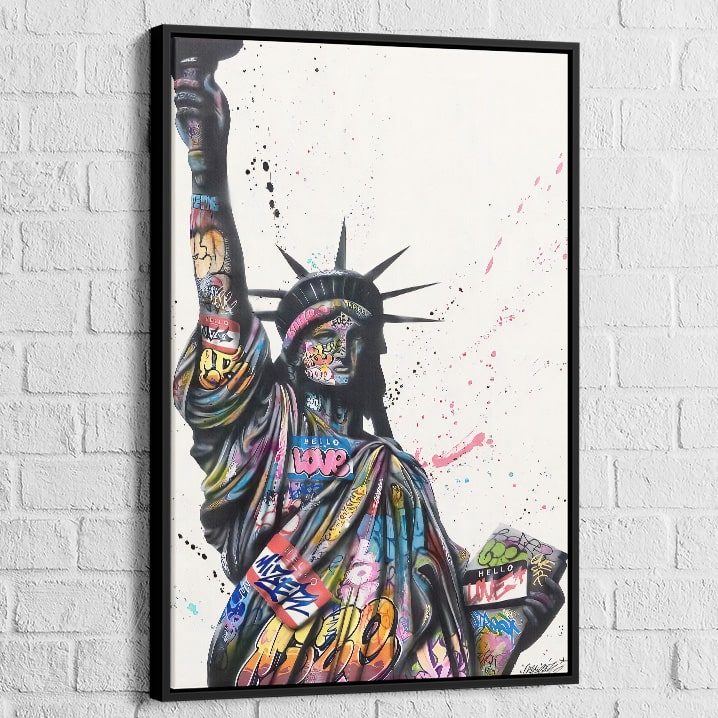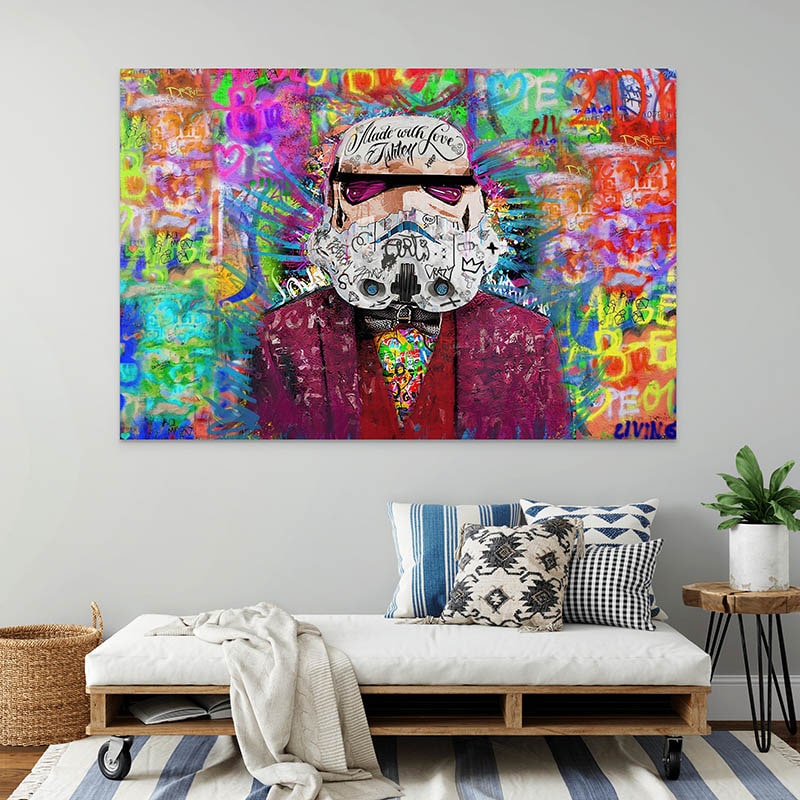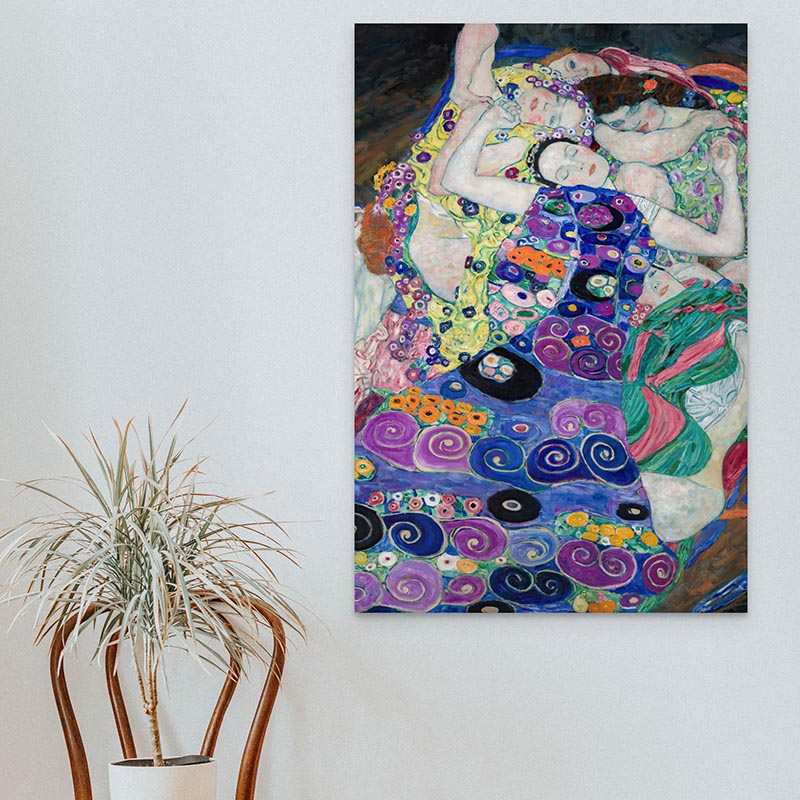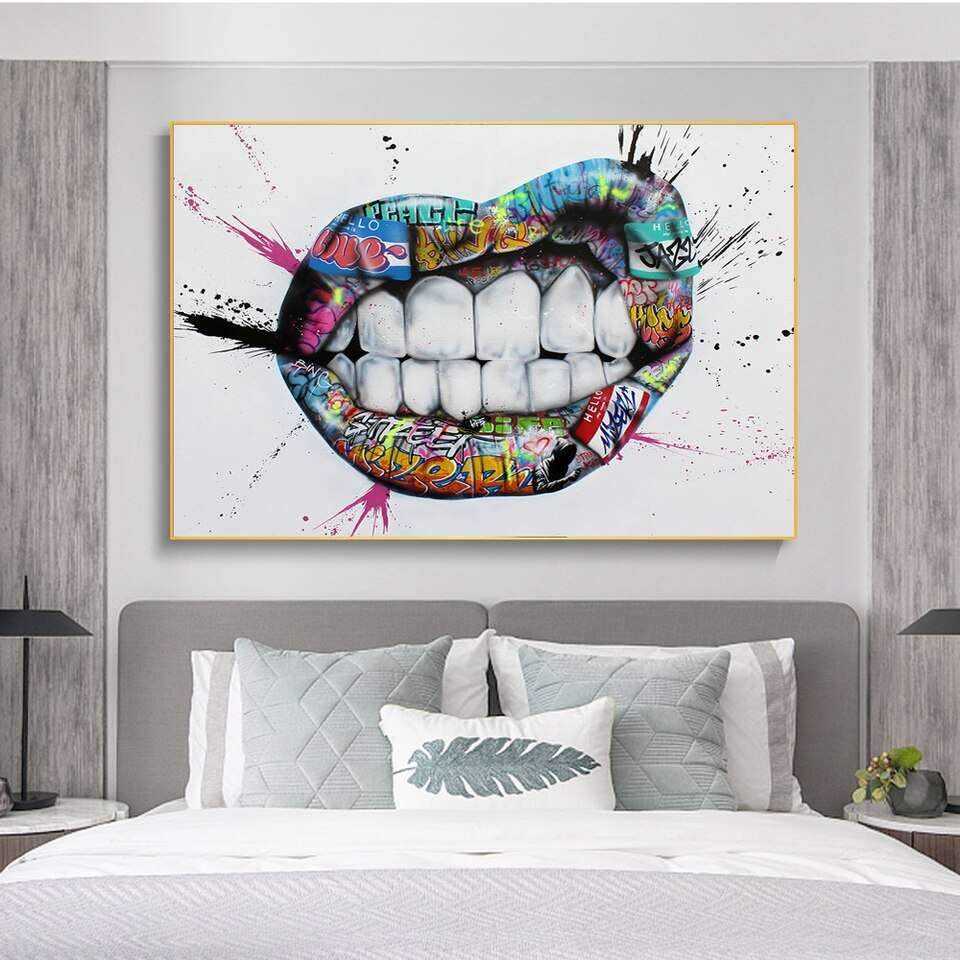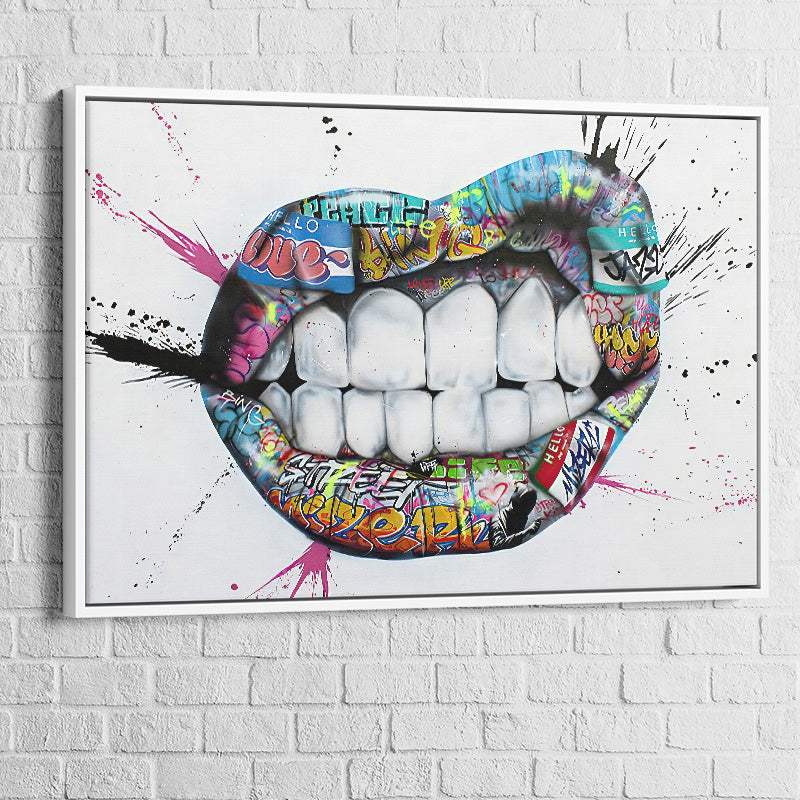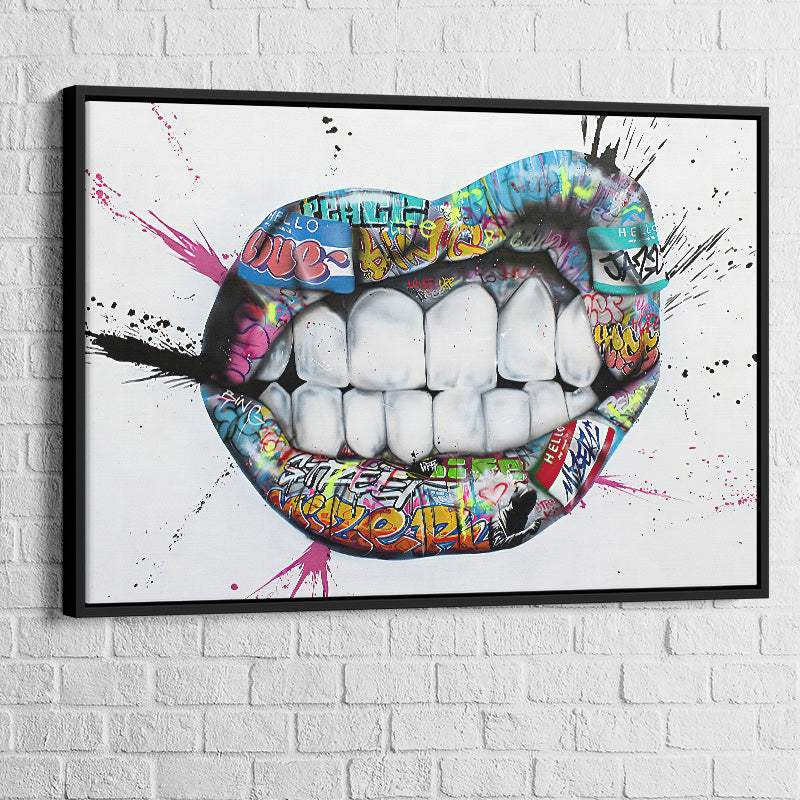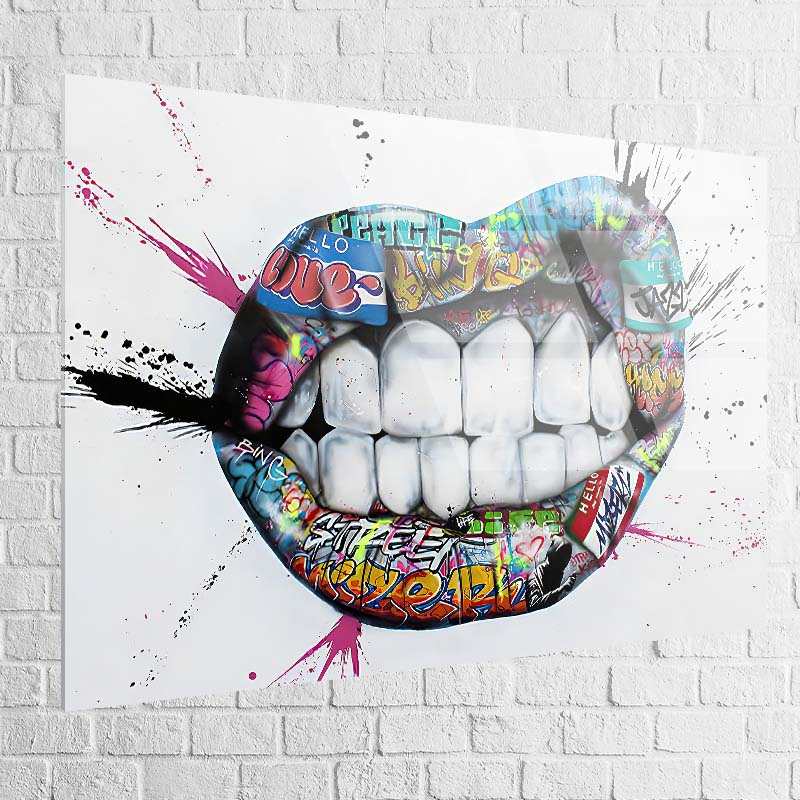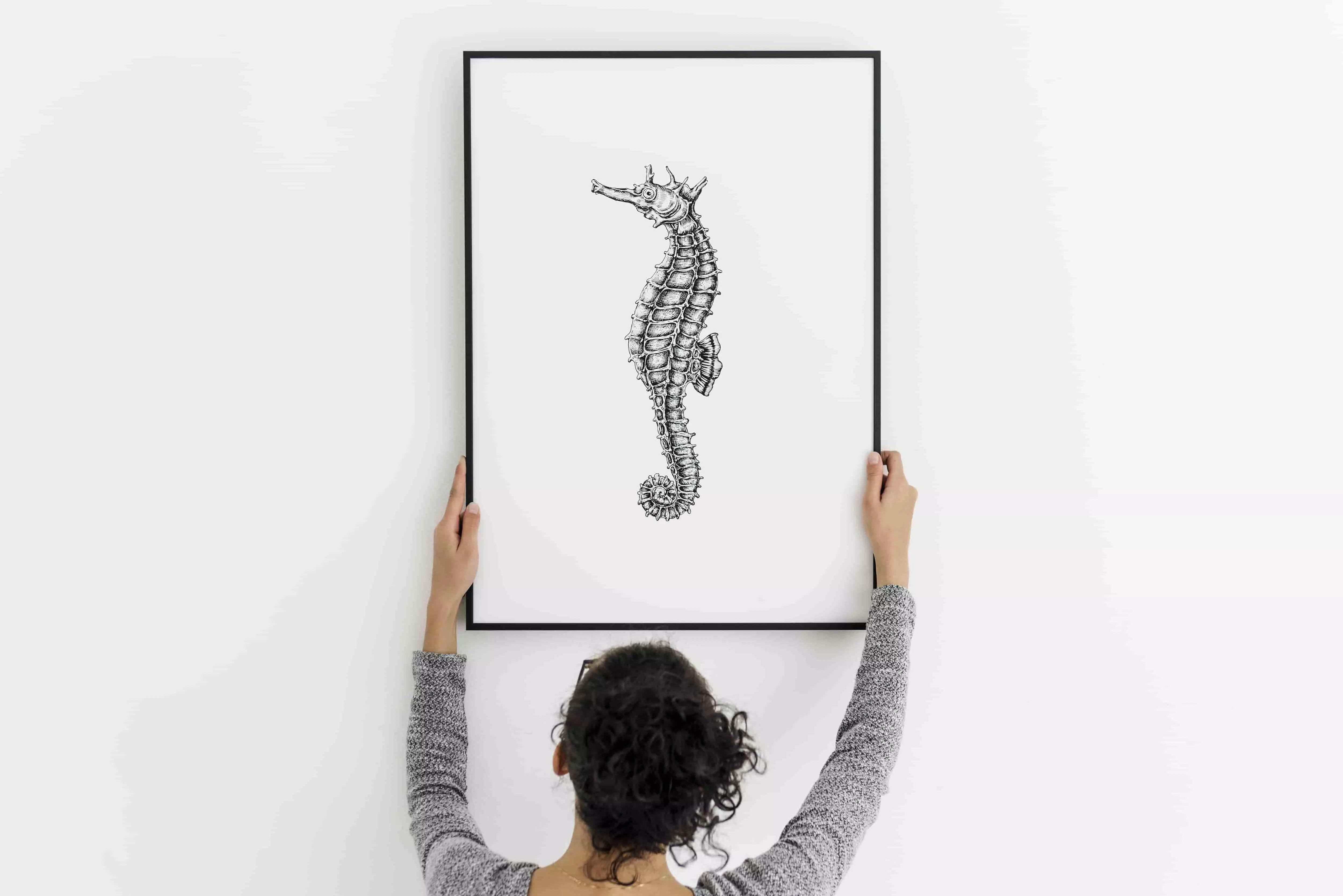How to hang a painting: 5 tips for hanging them on the wall
To hang a deco picture or a poster, all you need is a nail, a hammer and a little insurance:
Enough of staring at empty walls , it's time to learn how to hang a decorative picture. Maybe you like to scour flea markets for portraits of strangers or even engage in DIY art projects to save money. However, you don't know the best way to hang pictures, so they just sit on the floor waiting to be displayed. Whether you want to create a display wall or just hang a single piece of art for a minimalist effect, the instructions are basically the same.
Grab the hammer and nails and follow these simple tips for how hang a picture like a pro.
Step 1: Decide on a strategy
While you can probably hang your painting on any wall, consider the weight, size and shape of the object to be hung as well as the material of your walls before you pick up the hammer. Can I drill the brick? The tiling? Can my placo walls support what this weight, and what is an amount? We explain the most common practices when it comes to hanging paintings.
Step 2: Gather your tools
You know you need a hammer, a tape measure and a pencil to hang pictures or paintings on the wall, but other tools will come in handy. Before you begin, be sure to add them to your toolkit. For plaster or drywall, the weight of the item will determine exactly what you need.
For hanging lightweight pictures:
- The best way to hang lightweight pictures is to invest in a bunch of small nails.
For average weight charts:
- If it weighs more than a few pounds, add a few hangers to your cart.
For heavier tables:
- A heavy picture or heavy mirror will require a large nail, a stud finder or wall anchors, suitable screws and a screwdriver.
If you're hanging pictures on plexi or glass, you'll need good quality, low-profile adhesive hooks rather than nails and screws, and if you're hanging on bricks, use clamps brick.
For all tables:
Before you begin, check the back of the image to see what type of hanging hardware you are working with. If you turn the frame around, you'll usually find hanger wire, D-rings, or a sawtooth hook. While this shouldn't bother you too much, be careful not to buy studs that are too big for your D-rings, for example.
Step 3: Establish an action plan
- Well-arranged framed photos can add a whole new dimension to your home decor, but if you don't know how to arrange them, you might find yourself in trouble. The best way to hang pictures does not follow a set rule, but there are guidelines.
The center of a framed artwork should be 140cm above the floor – the average eye level and the height at which galleries and museums usually hang their artwork. Mark the height with a pencil, then measure to find the middle of the wall from end to end, and mark where the two points meet.This is where the middle of your artwork should be!
Now measure the distance from the middle of the artwork to where it will be hung on the nail (i.e. where the board wire collides when bent to support the weight, i.e. where the sawtooth hook is) Measure this difference from your midpoint on the wall: this is where that the nail (or the picture hanger, or the wall anchor, or the brick clamp) will go. Mark this spot.
You can also use painter's tape to outline your wall before making any holes. Start by measuring the frame(s), then cut and hang the painter's tape to size to get an idea of what the wall will look like with your layout of your choice. There are even apps you can download to visualize what your wall will look like when you're done.
Like many things in home decor, hanging artwork is subjective, so if you like your layout disregarding advice, well done.
Step 4: Hang your painting
- Now that you've penciled in the exact location of your nails, picture hanger, or wall hanger, it's time to hang the item. If you're hanging a very heavy piece, first use a stud finder to locate a stud and see if it's in a logical place for your nail. If so, plant a big nail and you're done. If the stud is in an odd spot, use the anchor and screw method instead: Drill a hole, place the plastic anchor in it, then screw in a screw, leaving it sticking out just enough so you can pass the wire or saw tooth through it as you would a nail.
Step 5: Get creative with your display
If you don't feel like driving hammers and nails, just lean it back. The easiest way to display works of art is also the best for those who are afraid to drive nails into the wall: Lean the frame against the back of a chair, the wall or on a shelf. Even homes that have lots of artwork hanging on the walls appreciate a few casually posed pieces – they look intentional.
If you're always revamping your interior, consider a photo shelf.
If you're a storage enthusiast and want to formalize a place for this activity, consider adding a shallow picture shelf to one of your rooms. It's a perfect solution for those who constantly change their style (or have the remodeling bug).
If you like the idea of saving the holes on your precious walls, but want a look more formal than a sill, consider a picture rail: This is a piece of molding that goes up to the ceiling and on which you can hang your artwork using hooks and strings, then change them when you feel like it.
Leave some pieces unframed
- You may have collected some of those panel paintings from the flea market – pretty chipped edges and all – and want to preserve some of that charm without paying for a fancy floating frame. Or maybe you just want to hang drawings on paper and leave it at that? It is entirely possible, and even encouraged, to leave artwork unframed. Just follow these tips and gather the supplies needed to hang them quietly.
Break some rules
- When considering the scale and placement of your works, and whether to lean or frame them, take a deep breath. Our favorite hanging rules are also made to be broken. Now go exhibit all your works.

